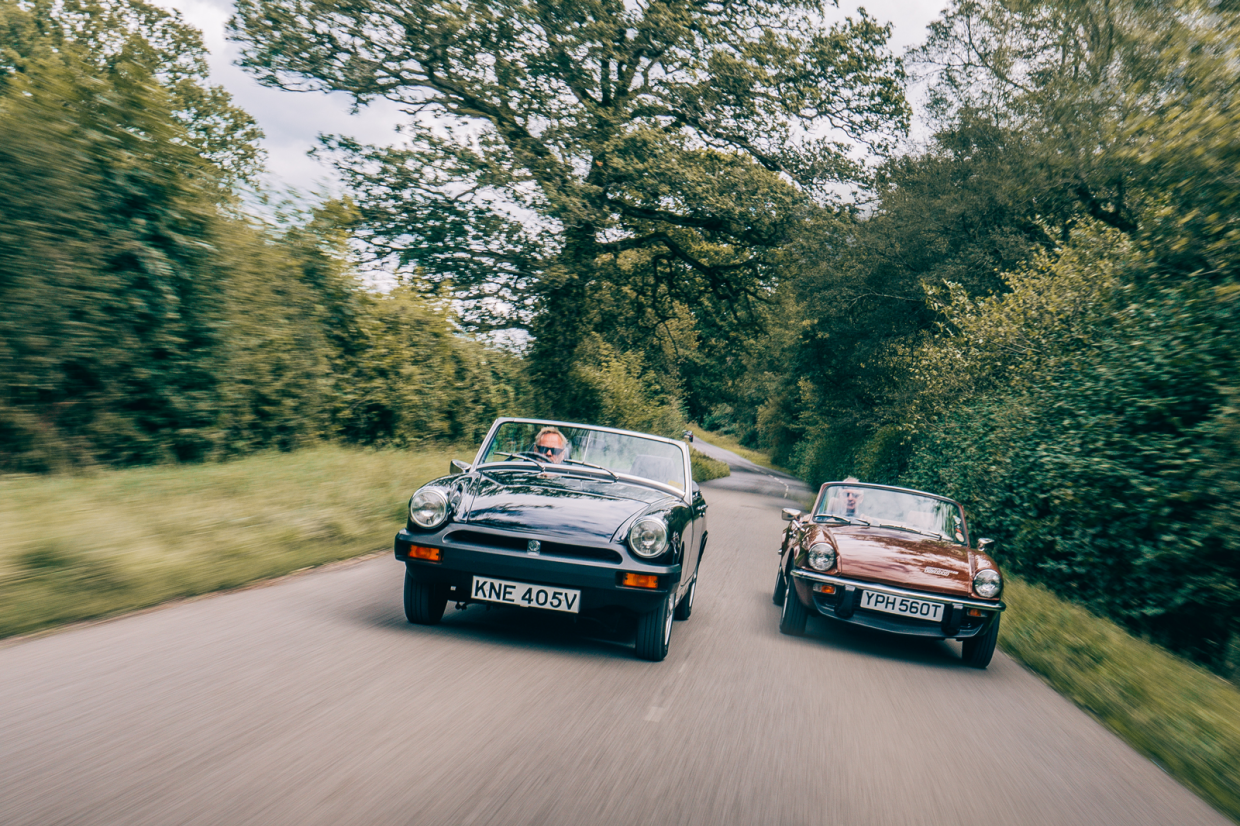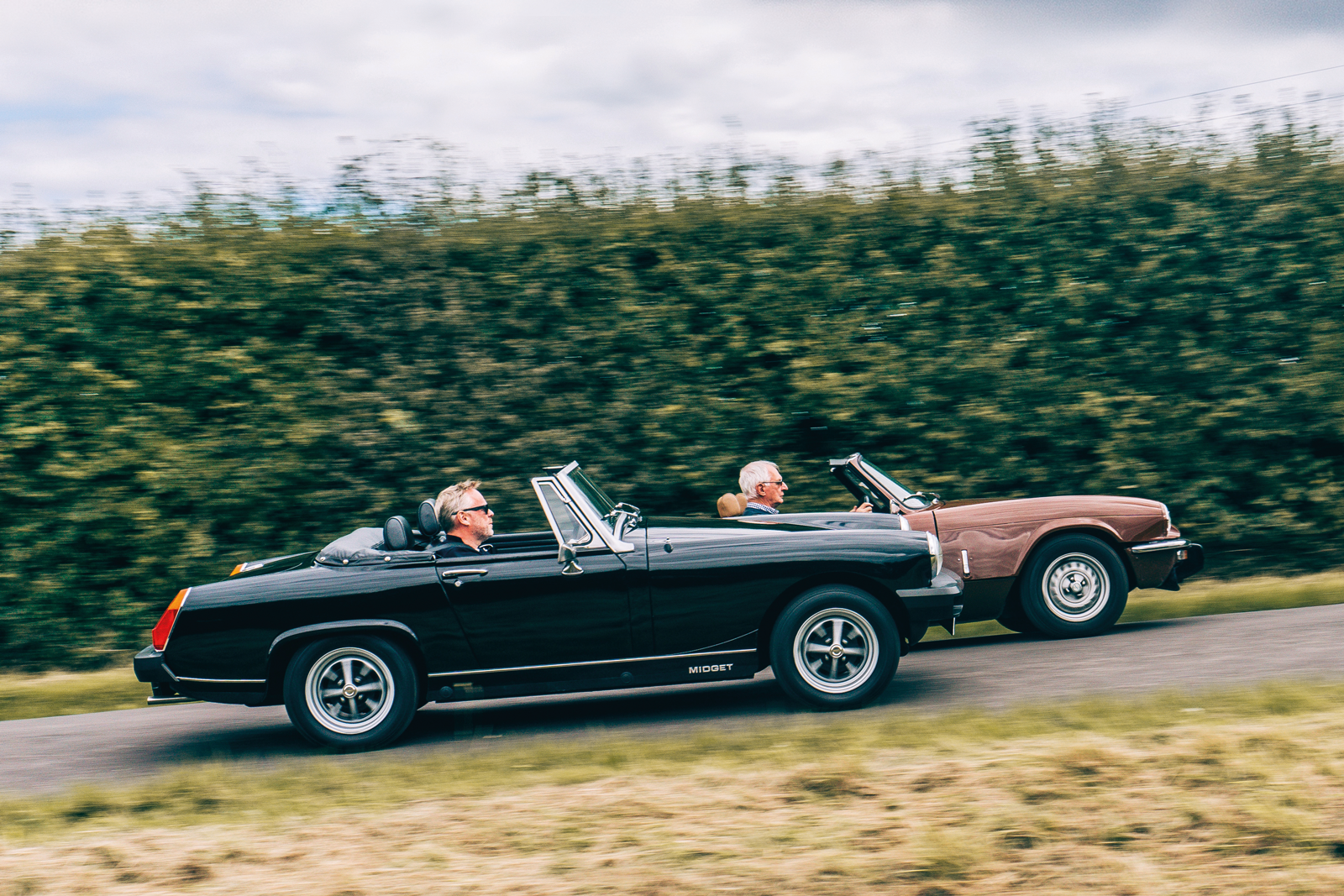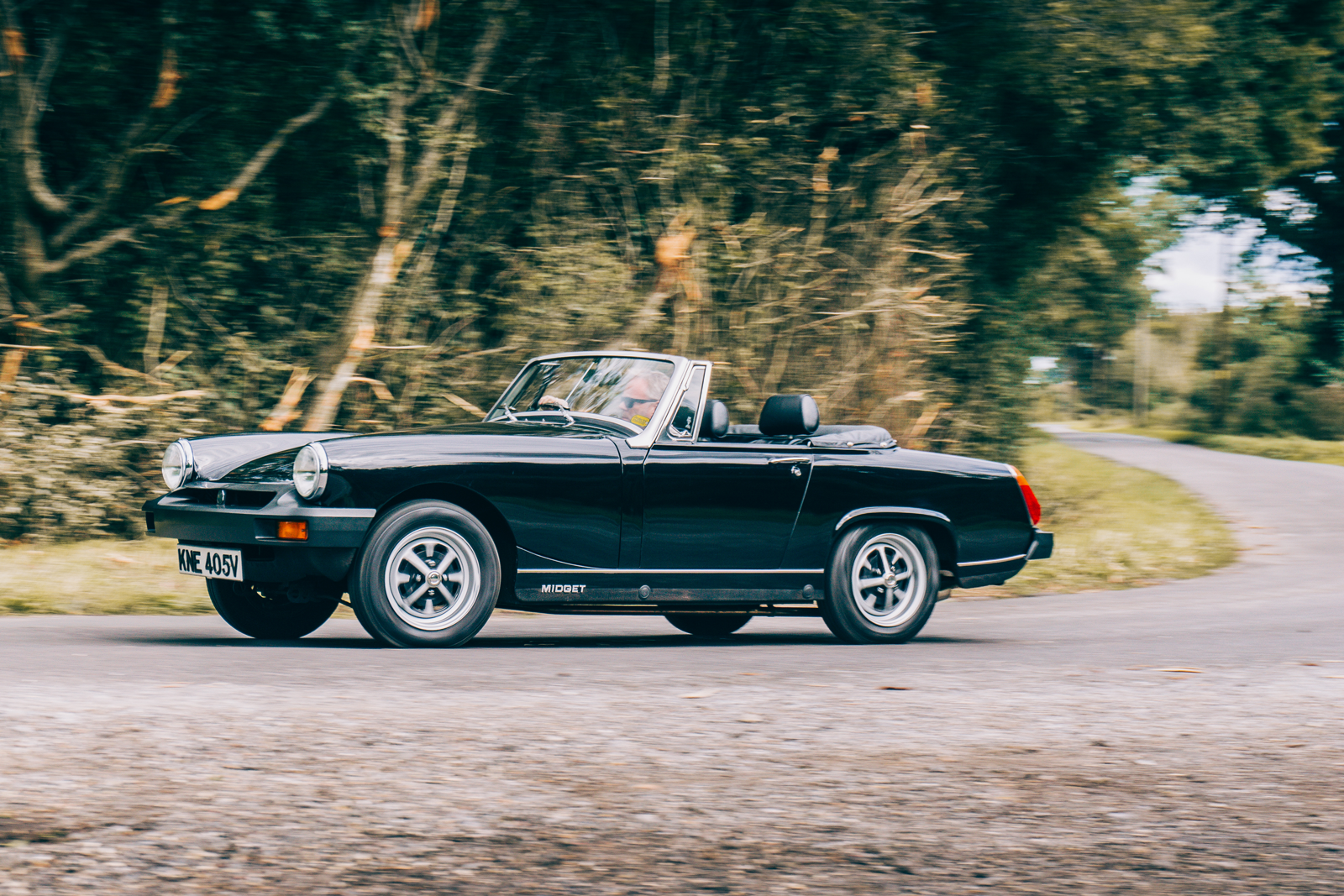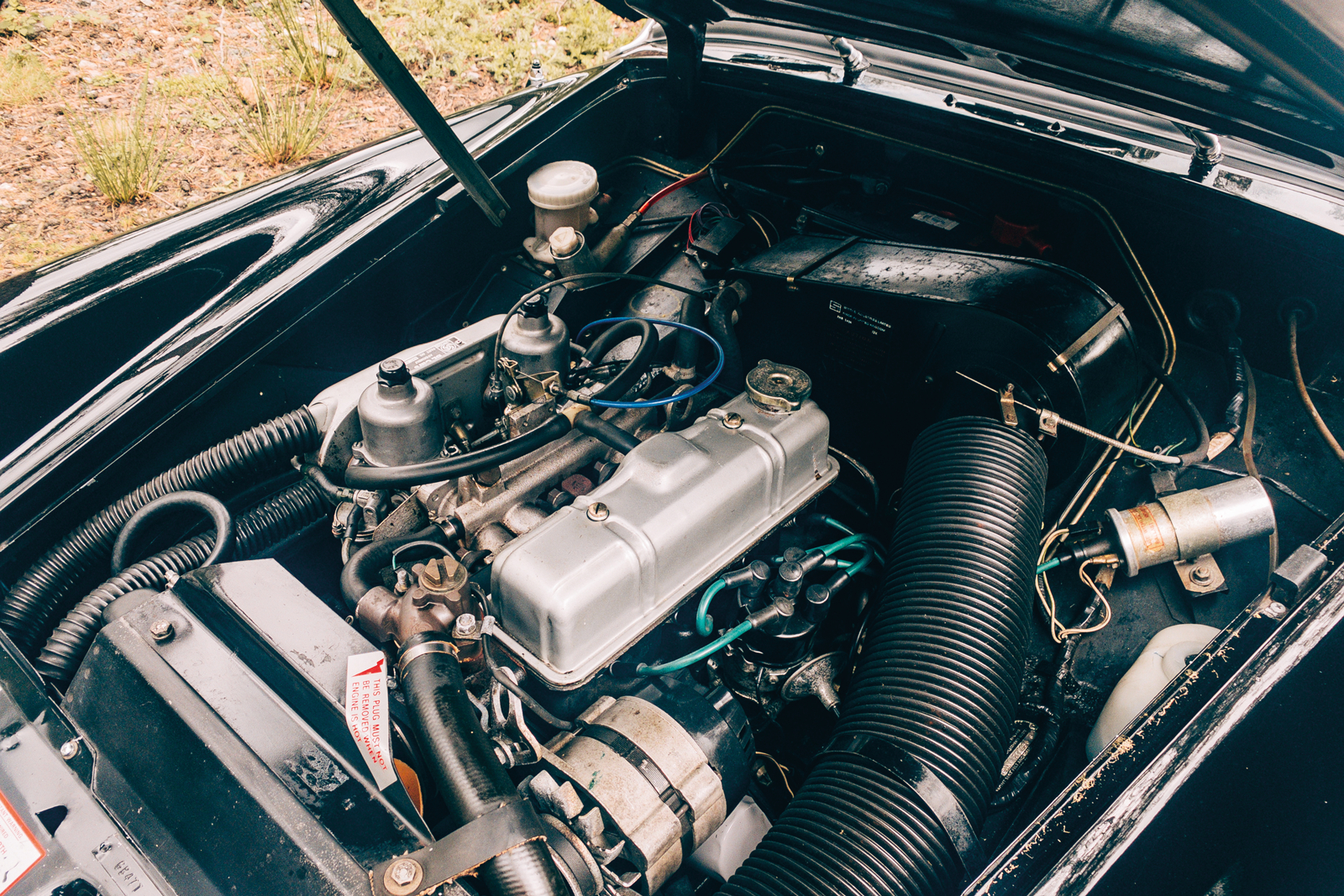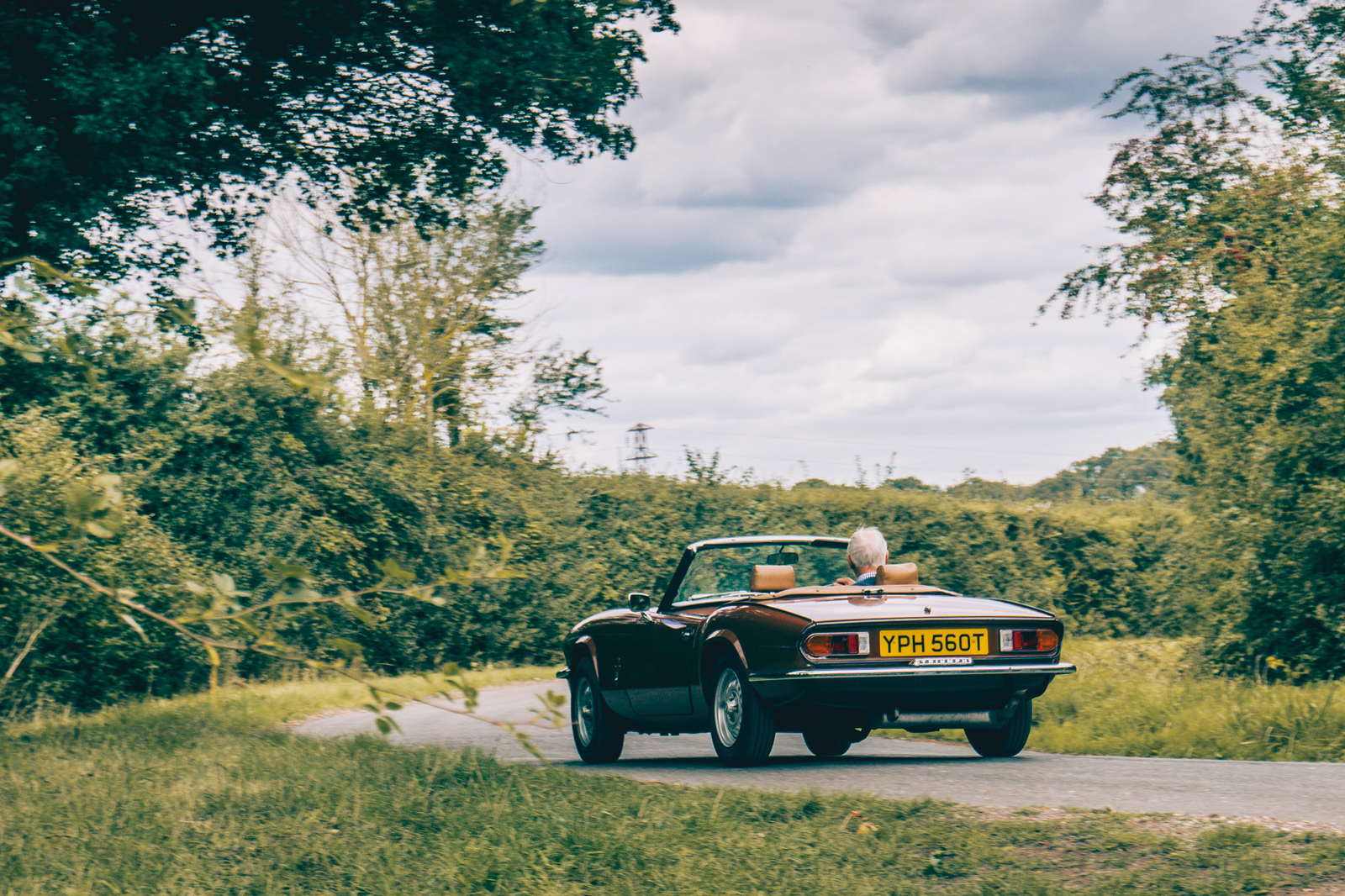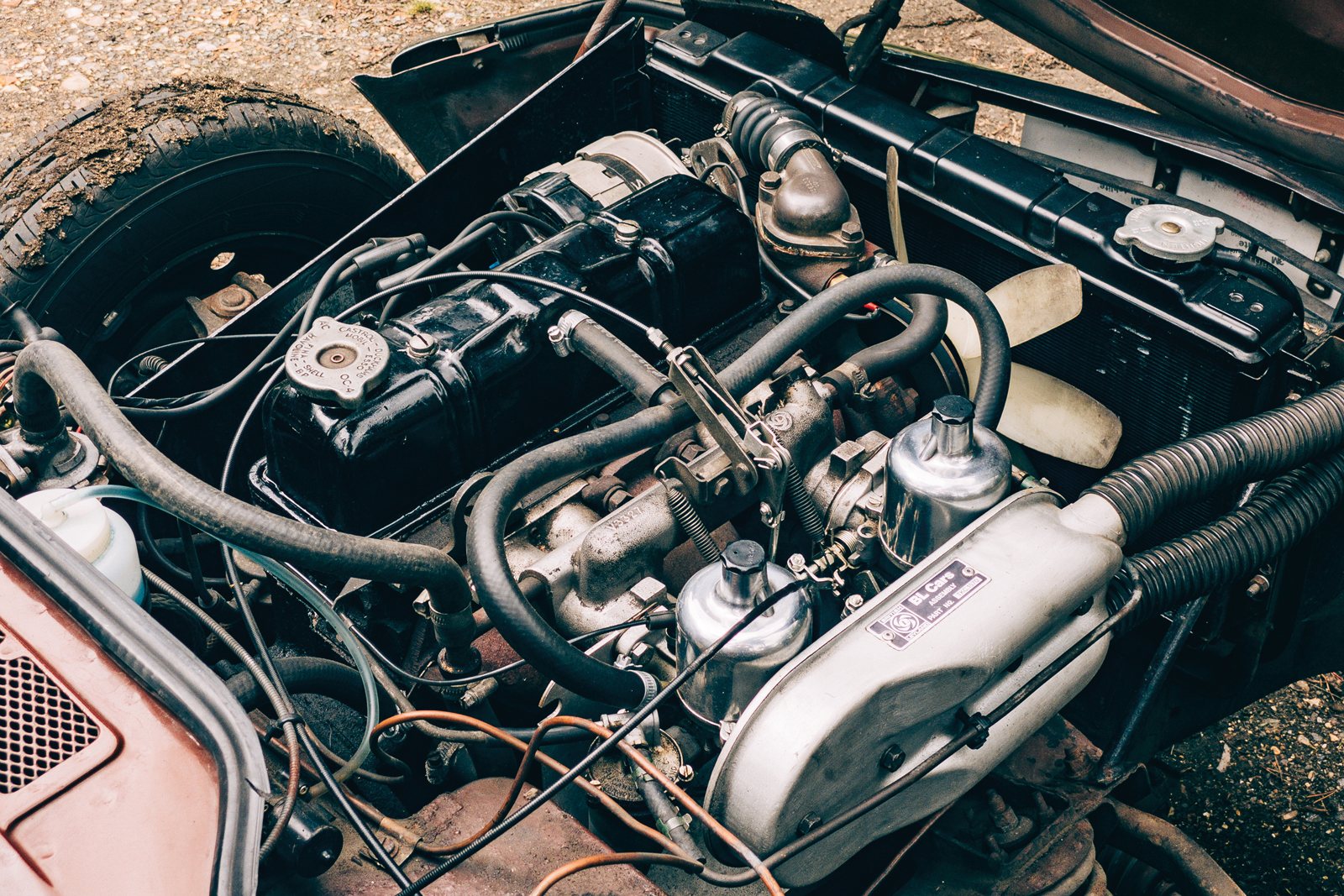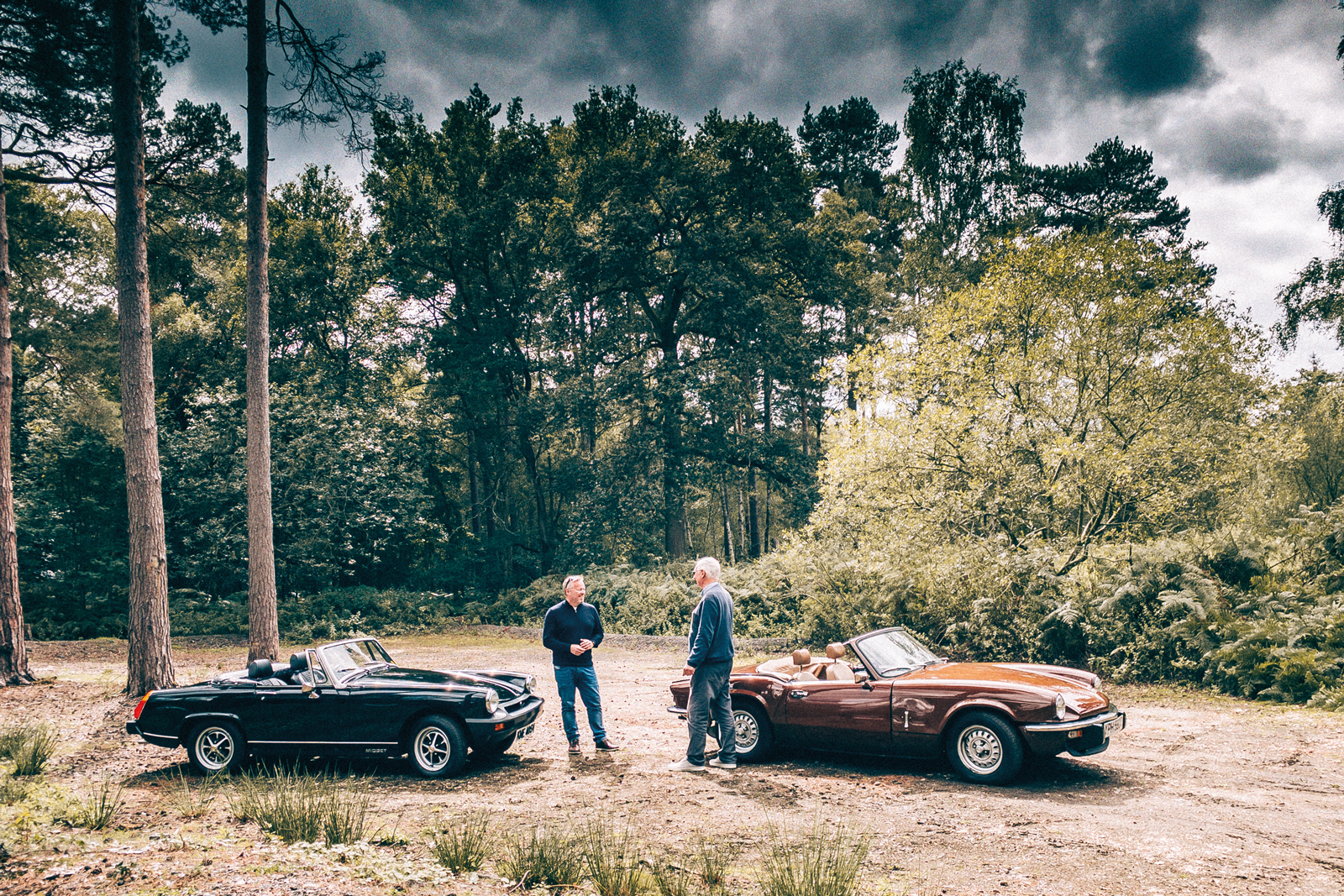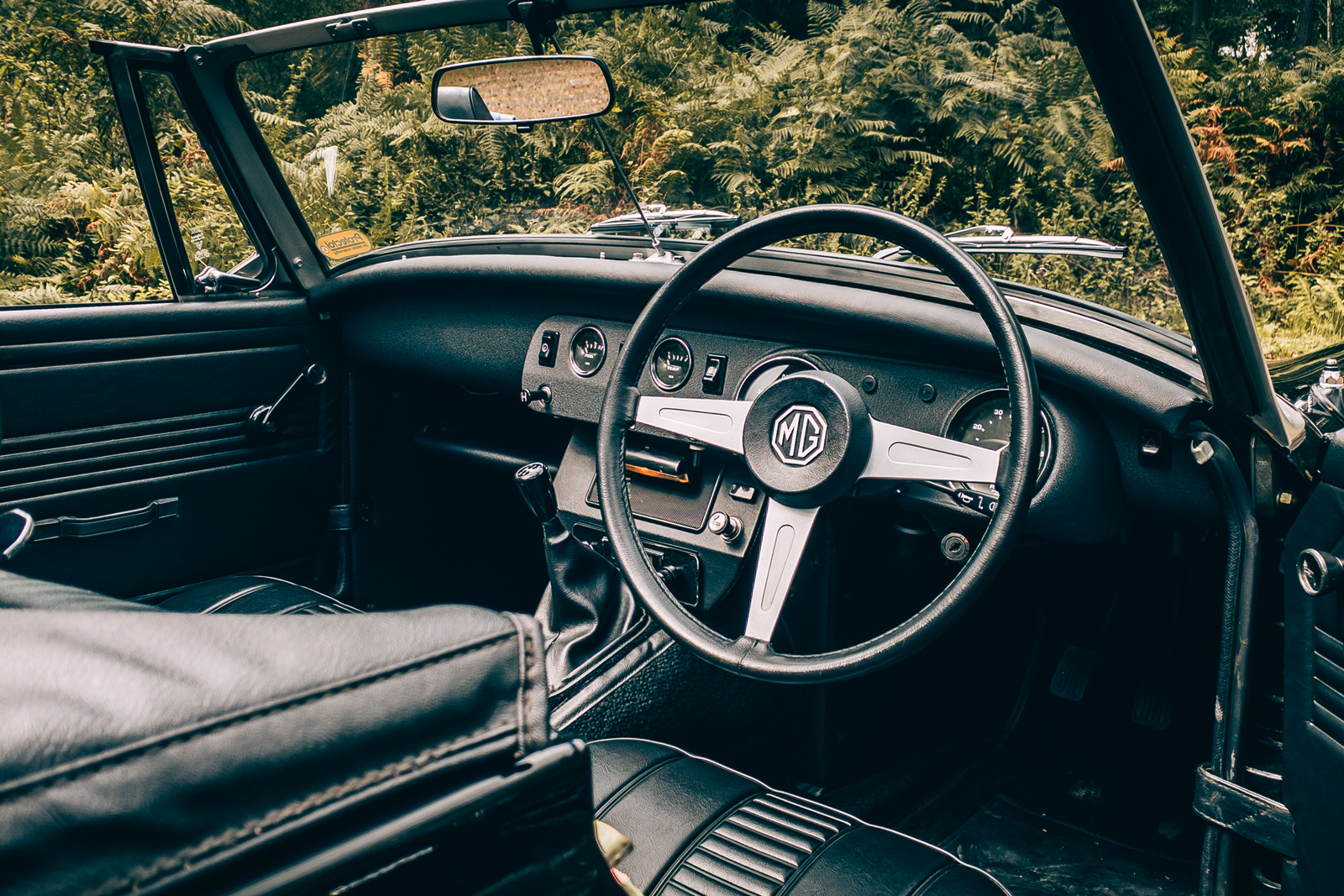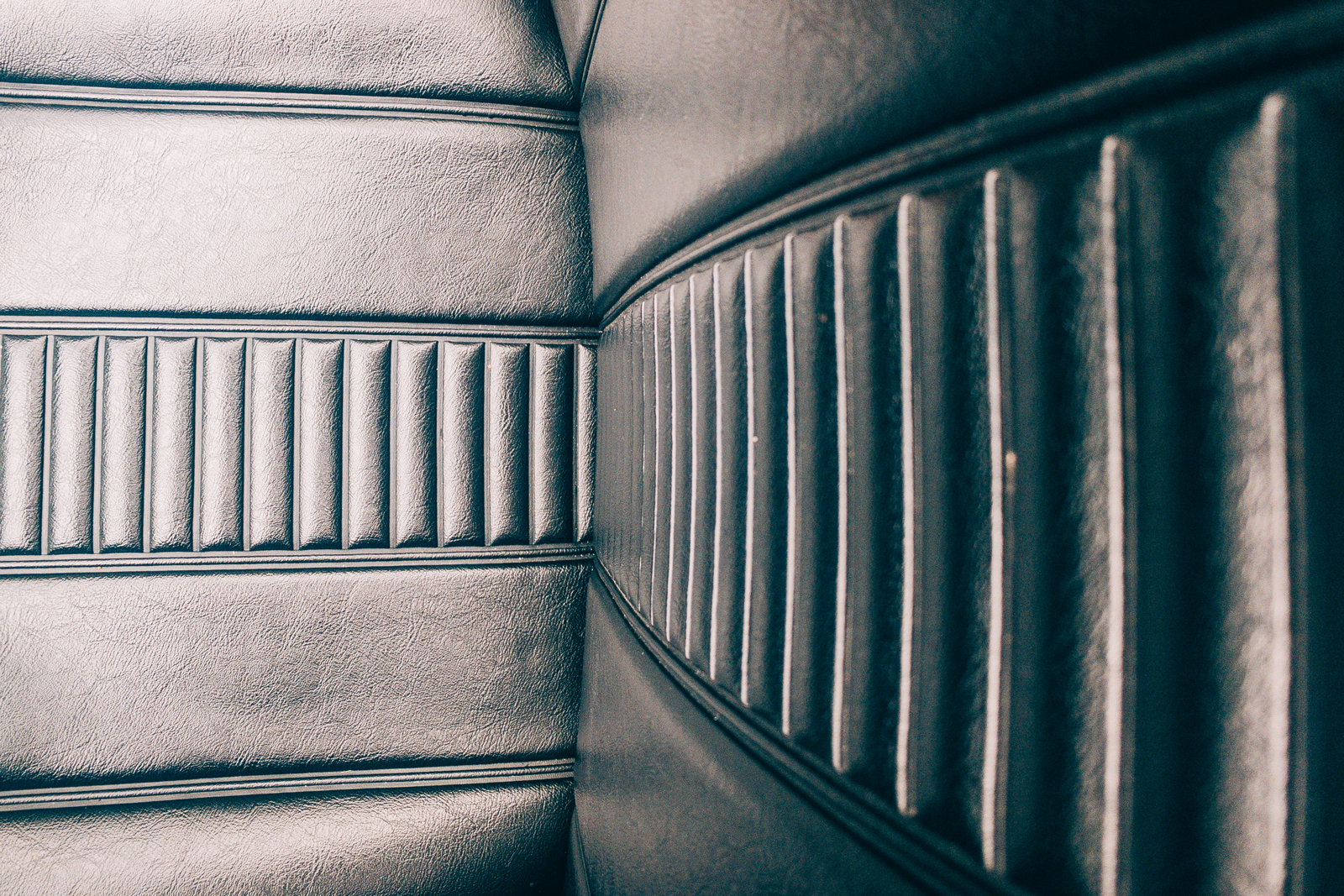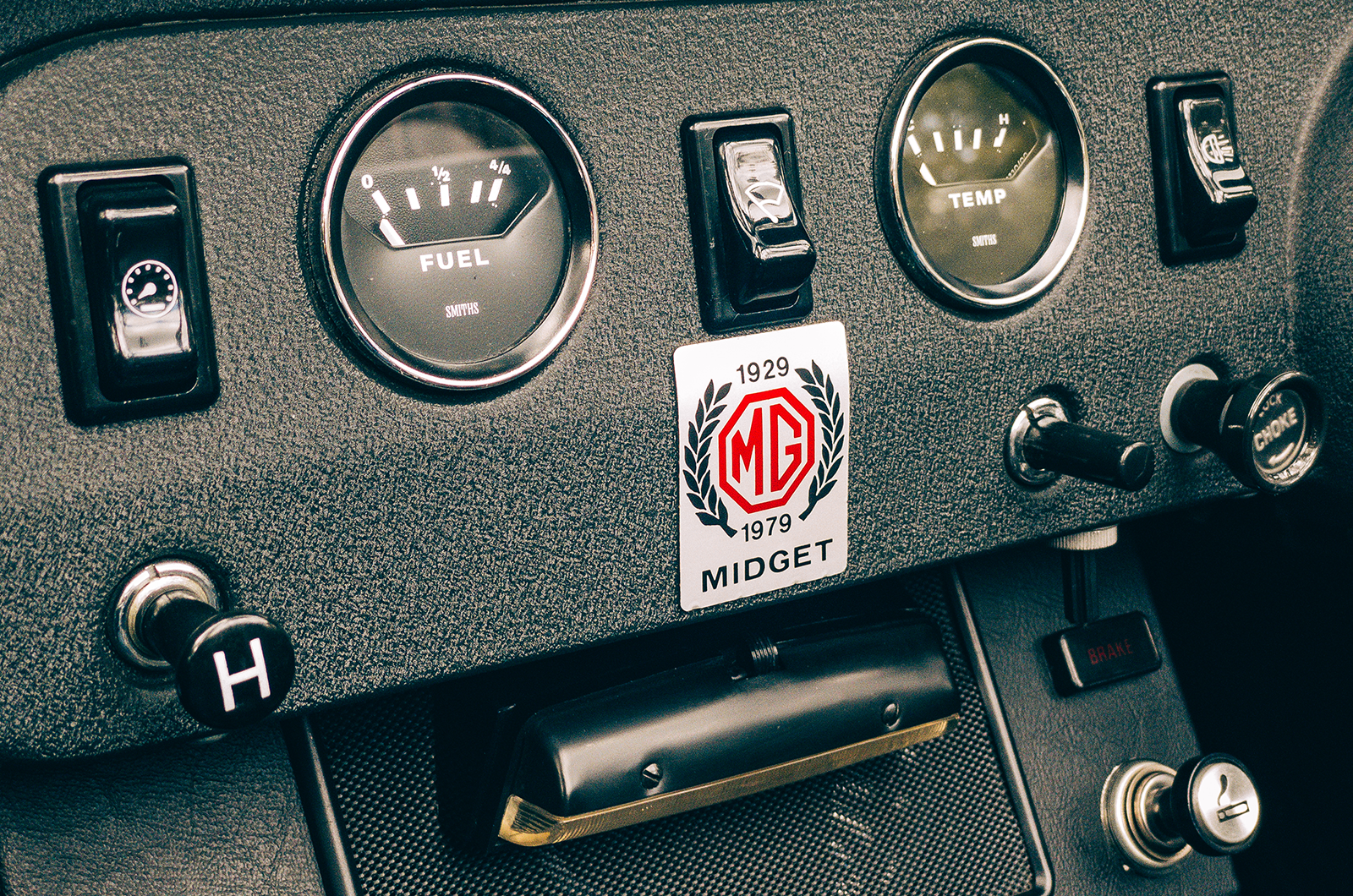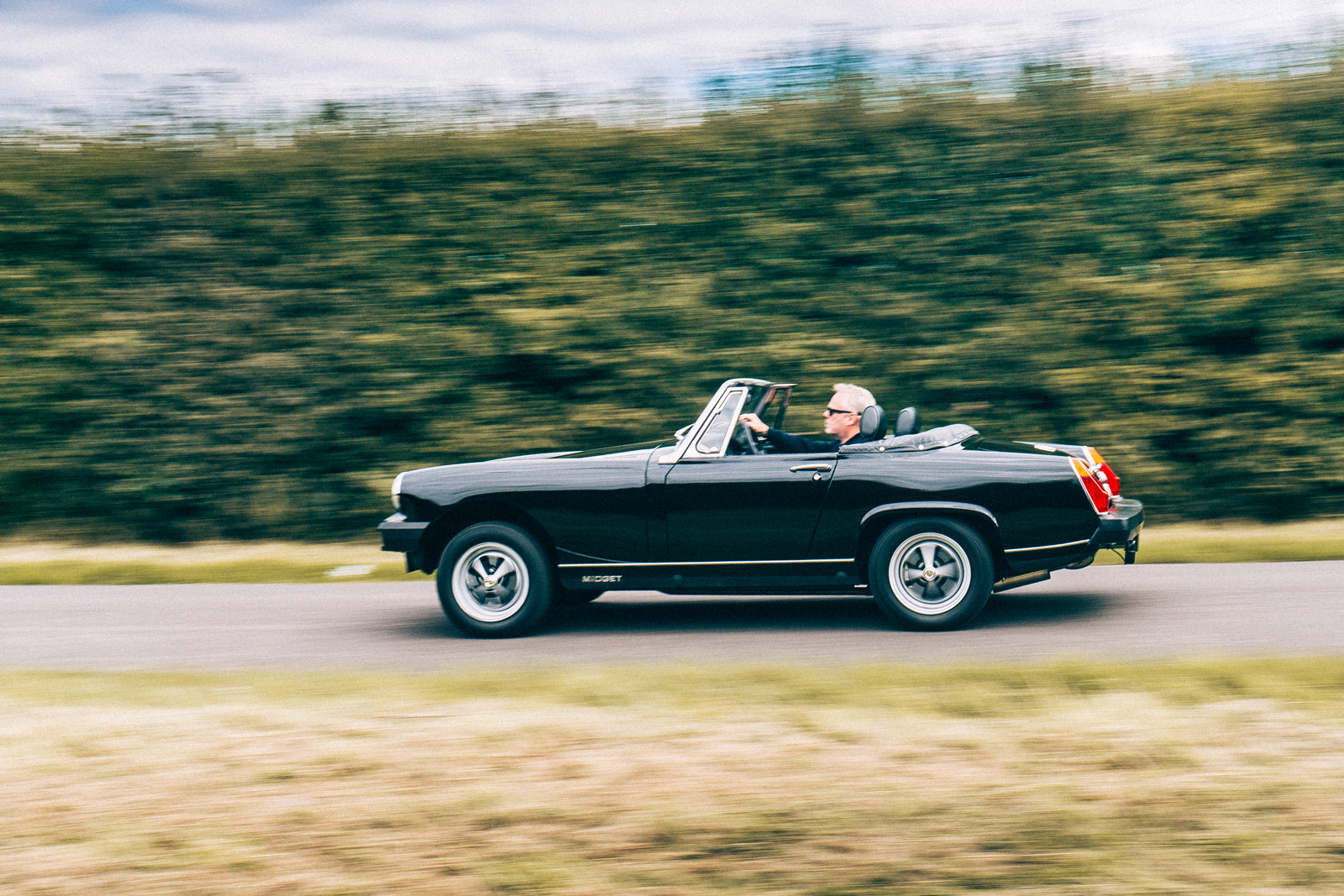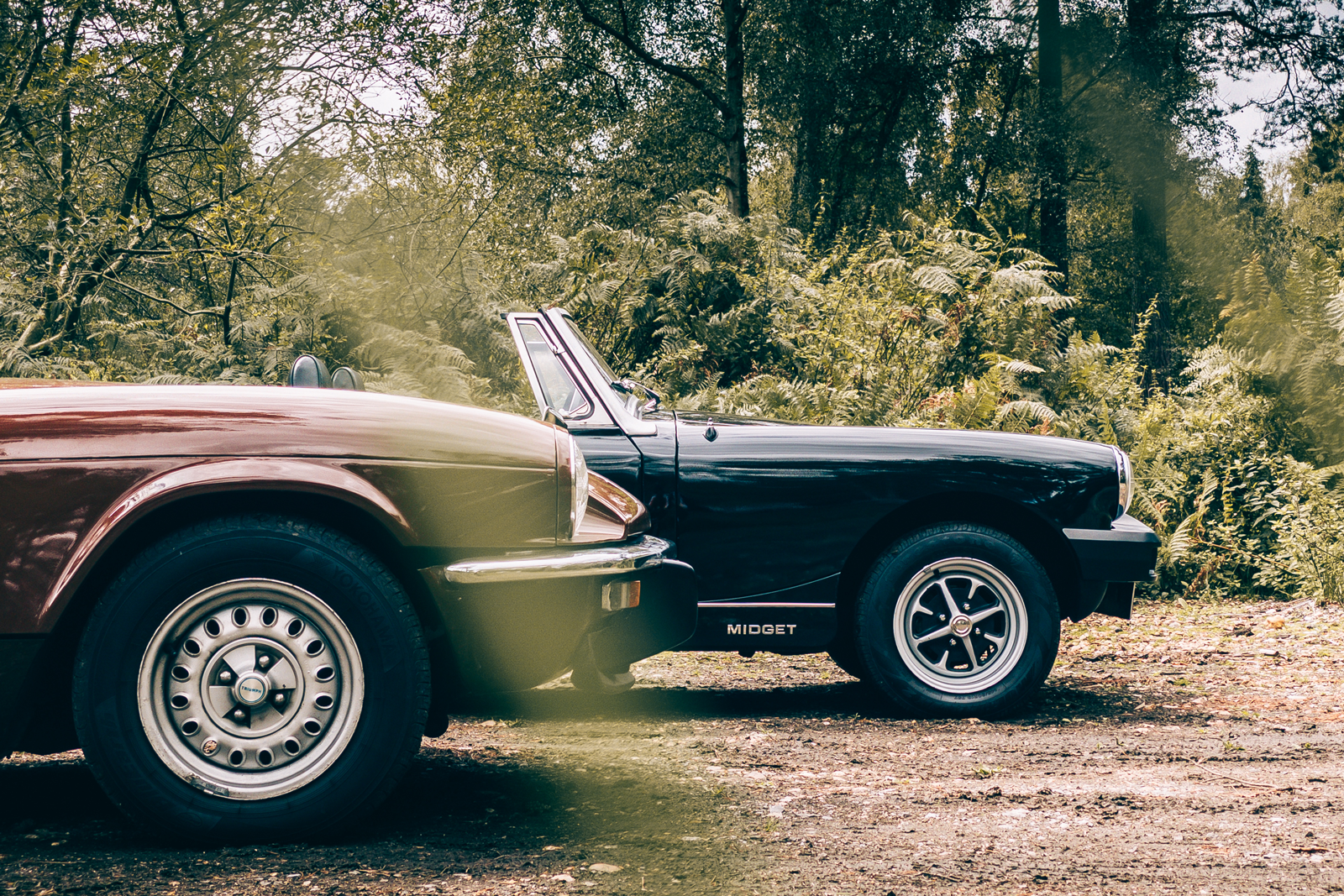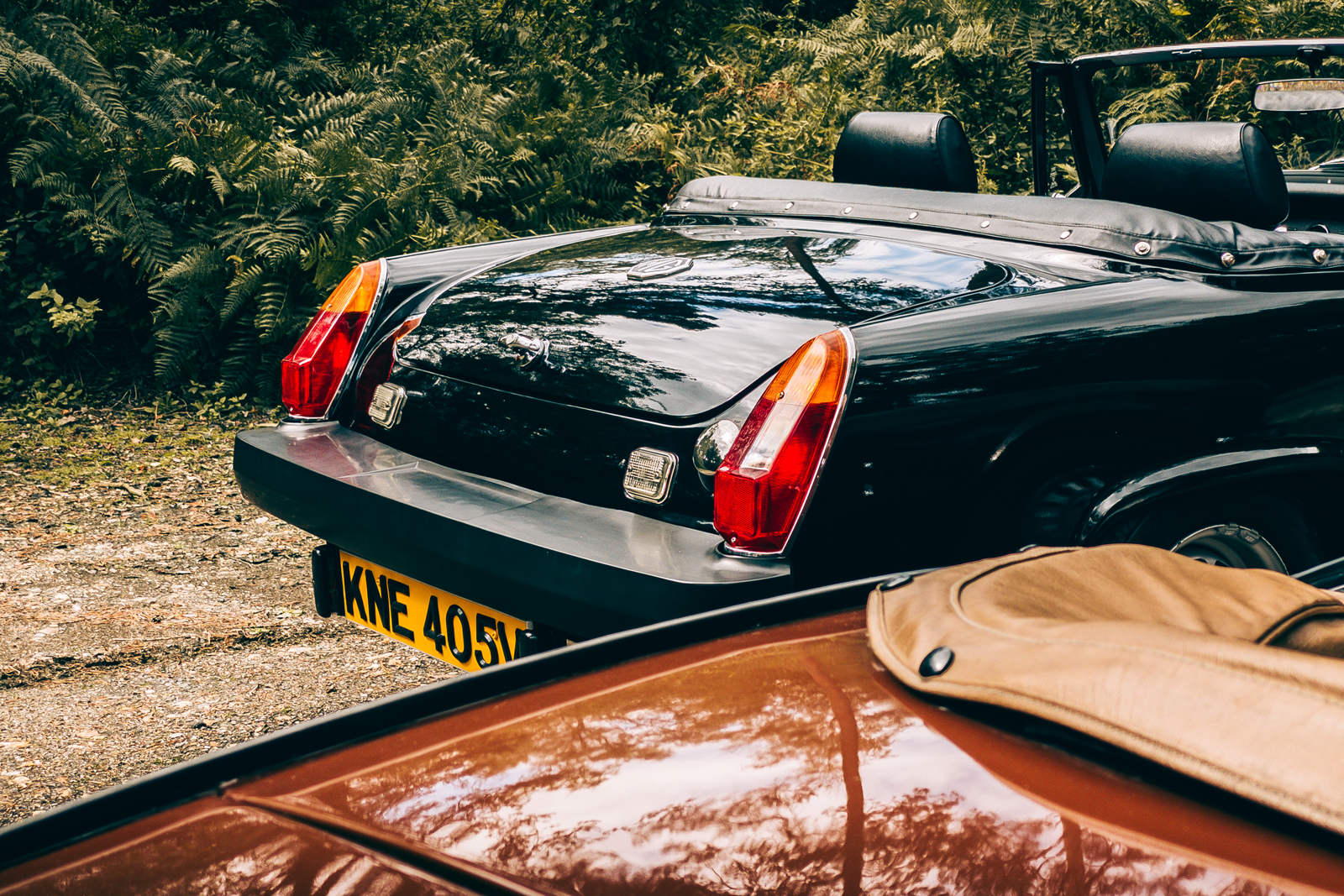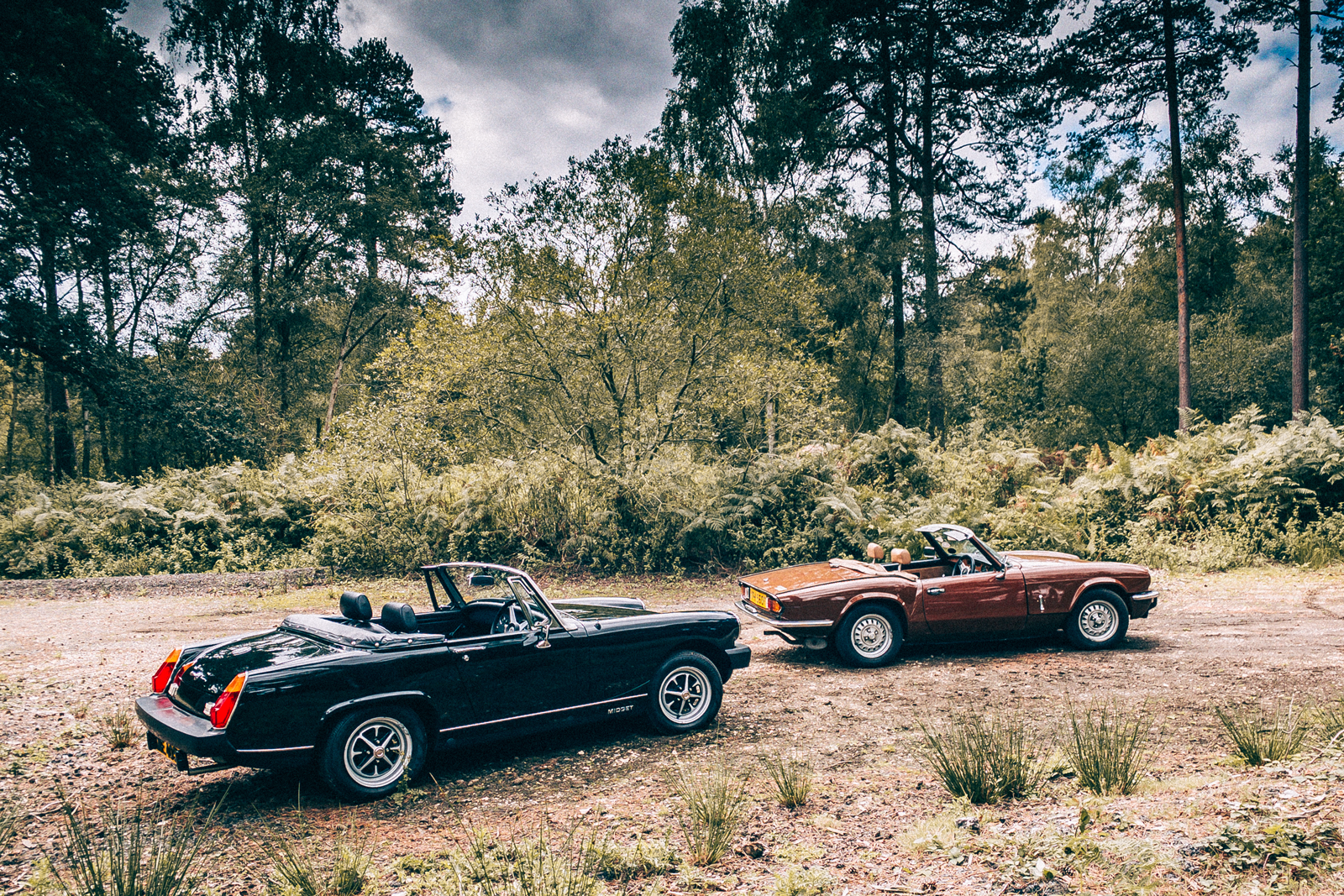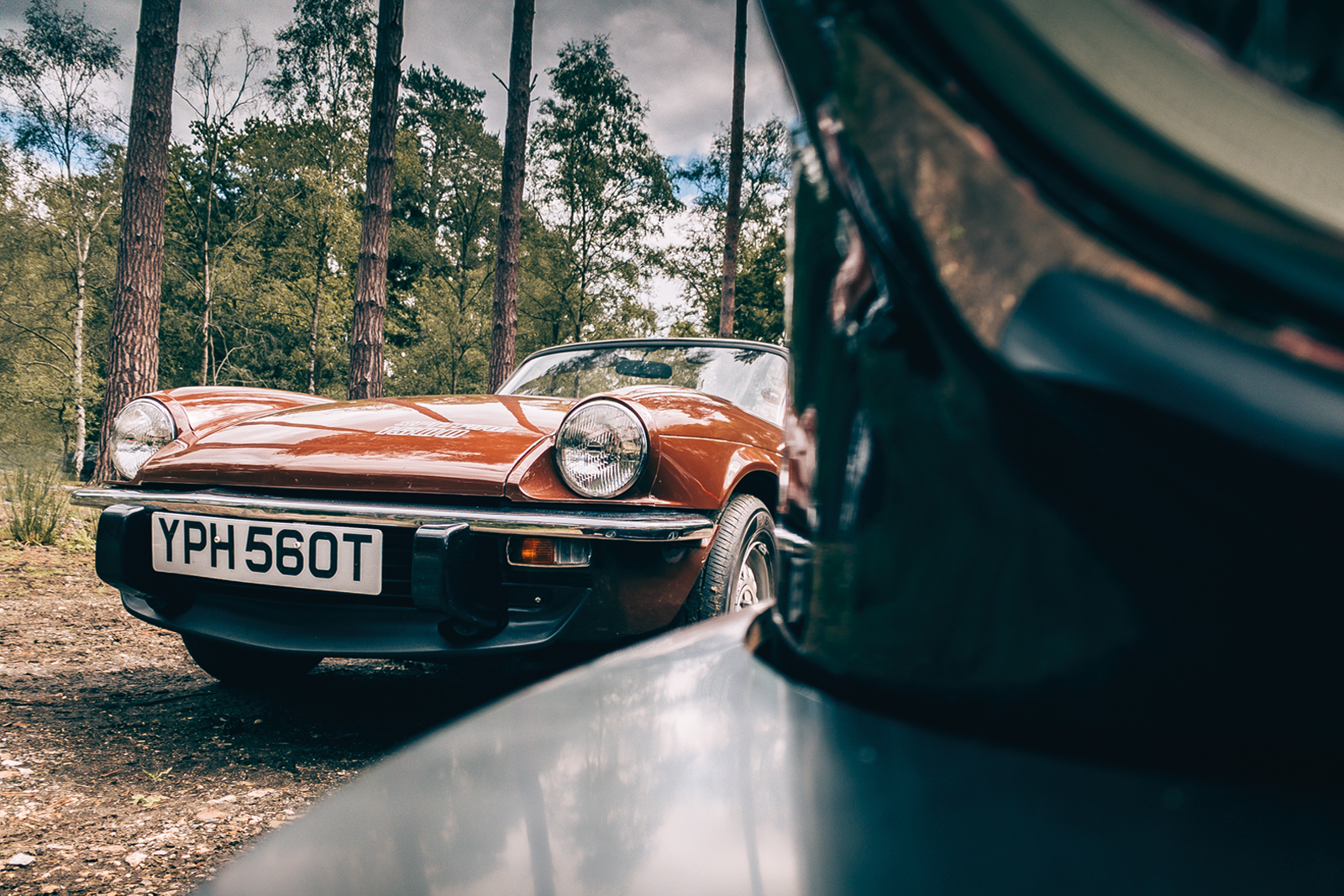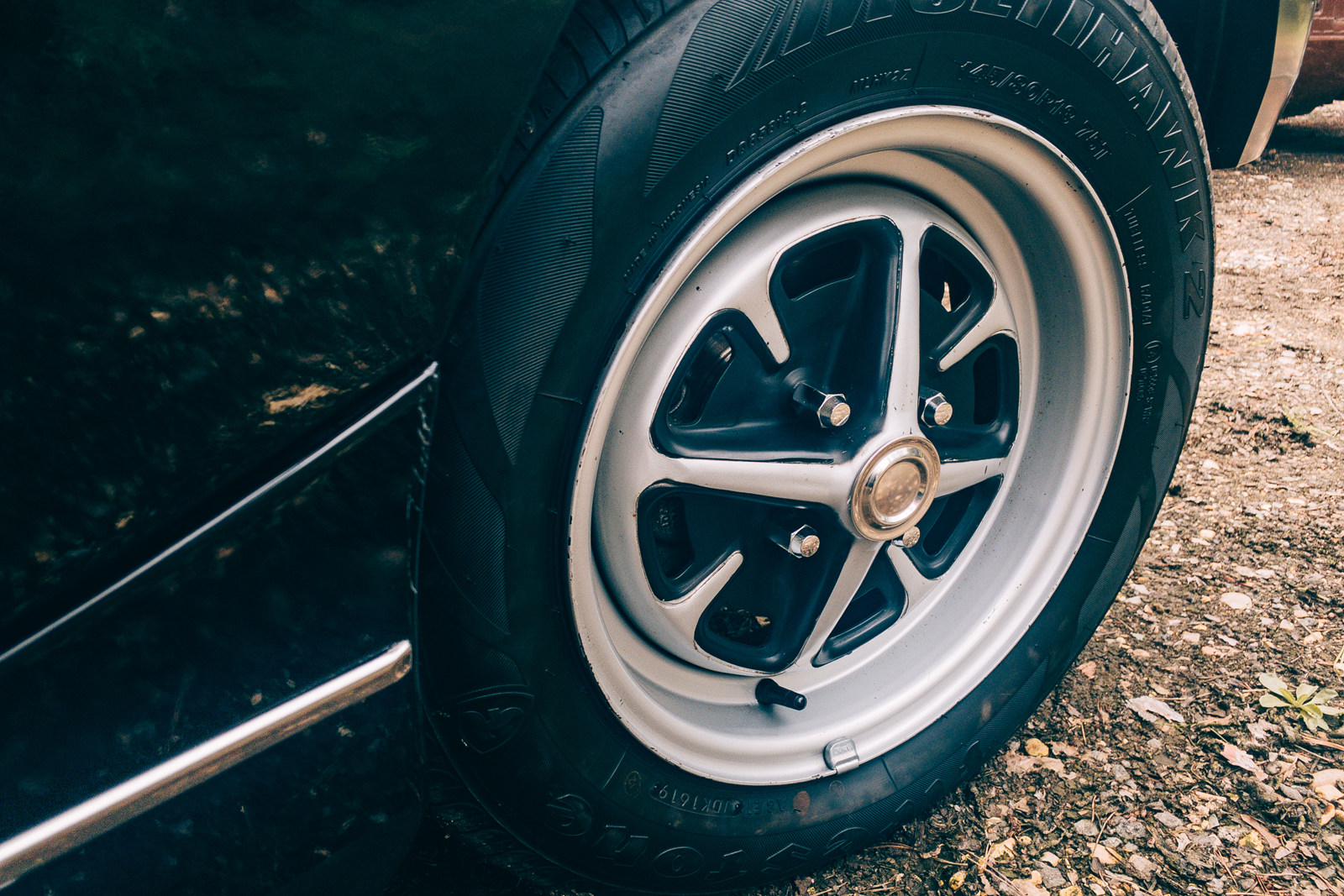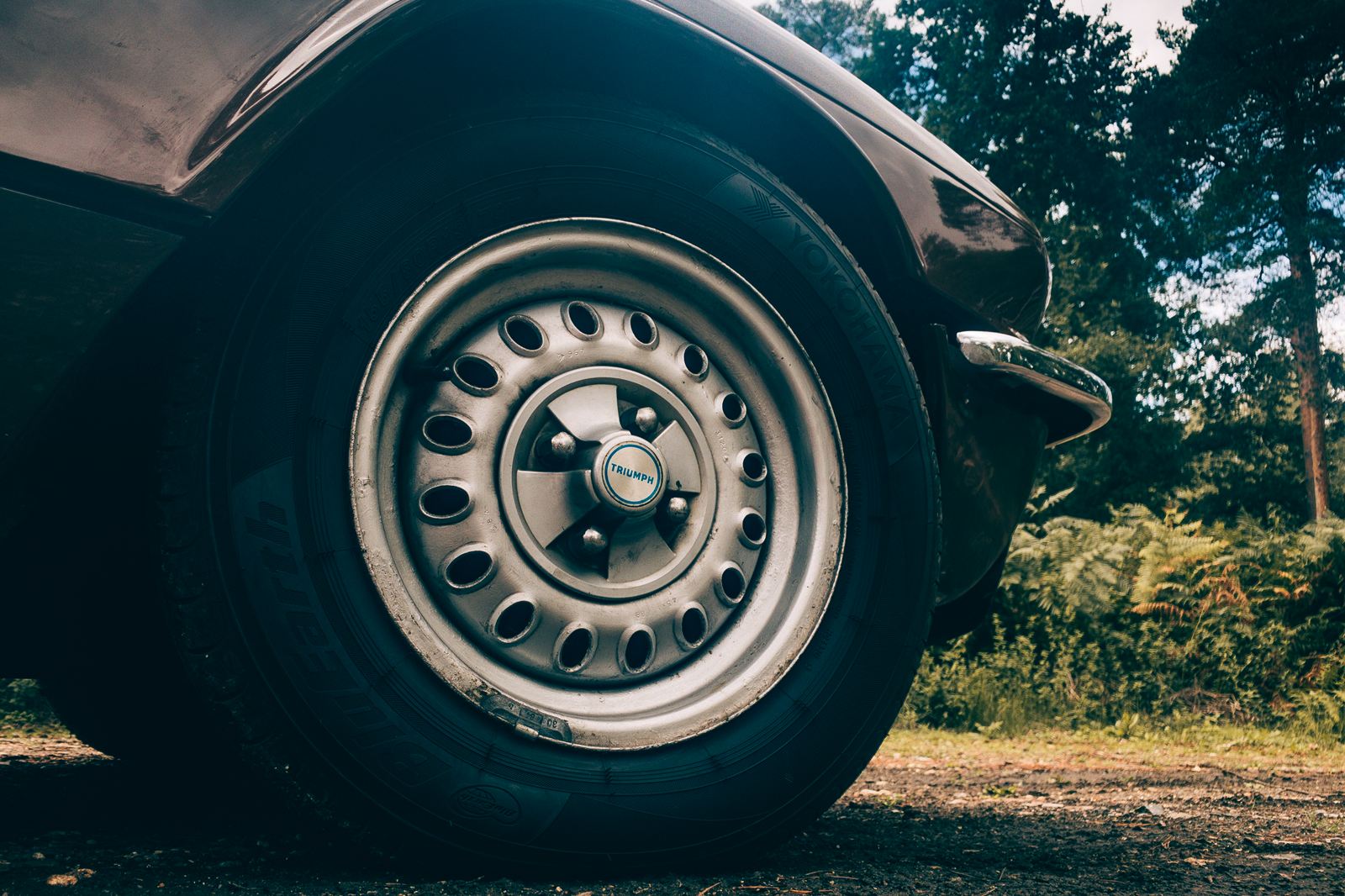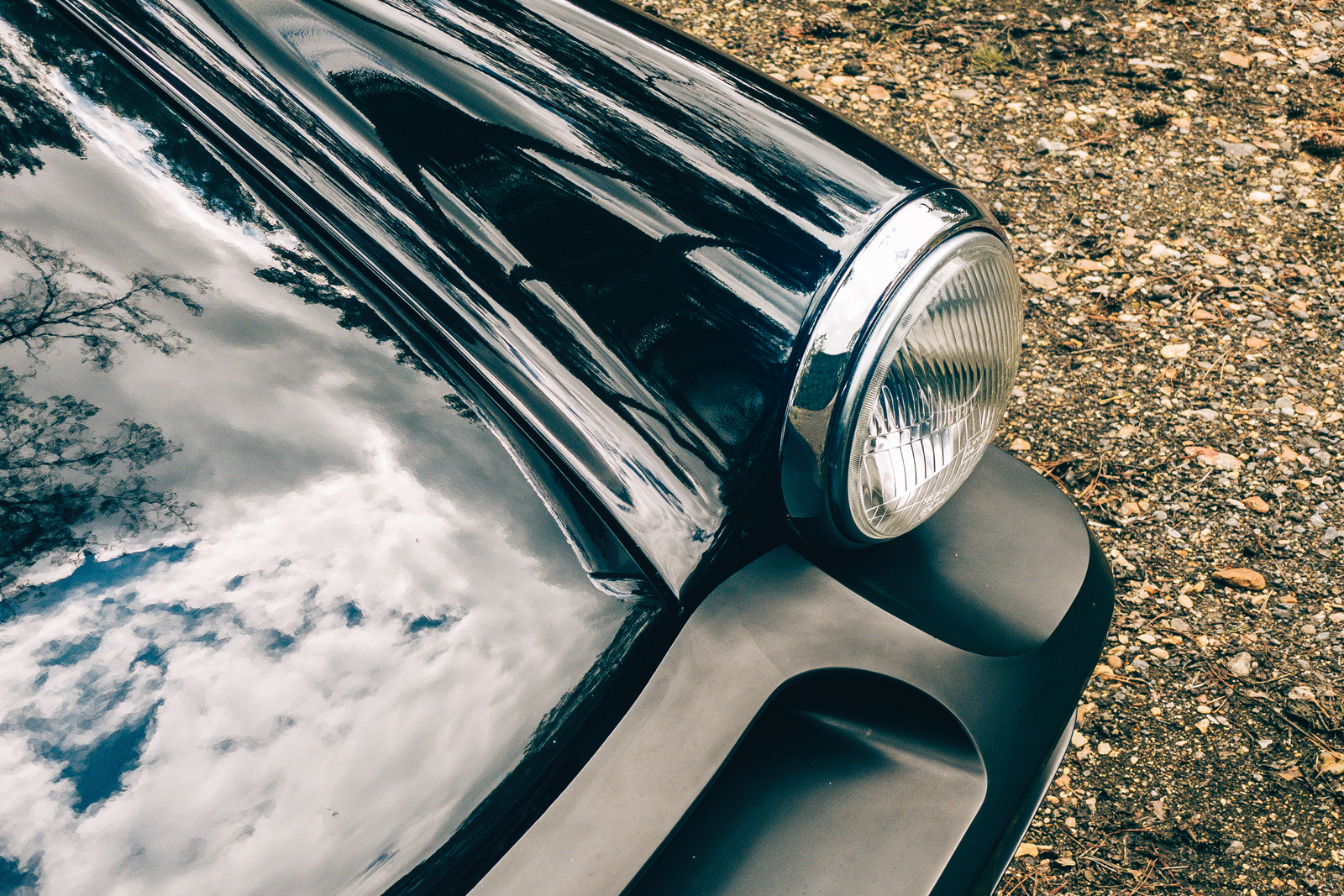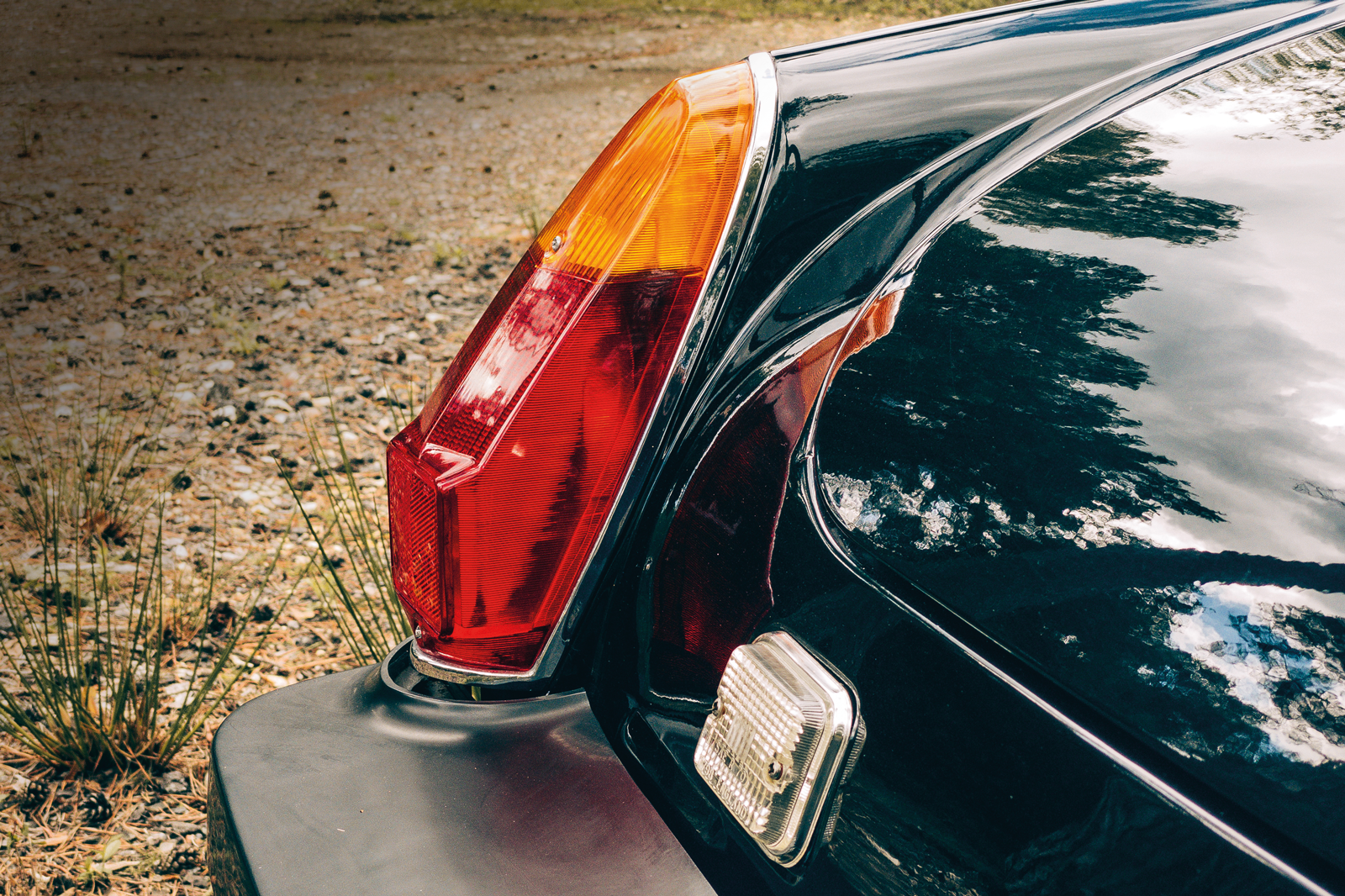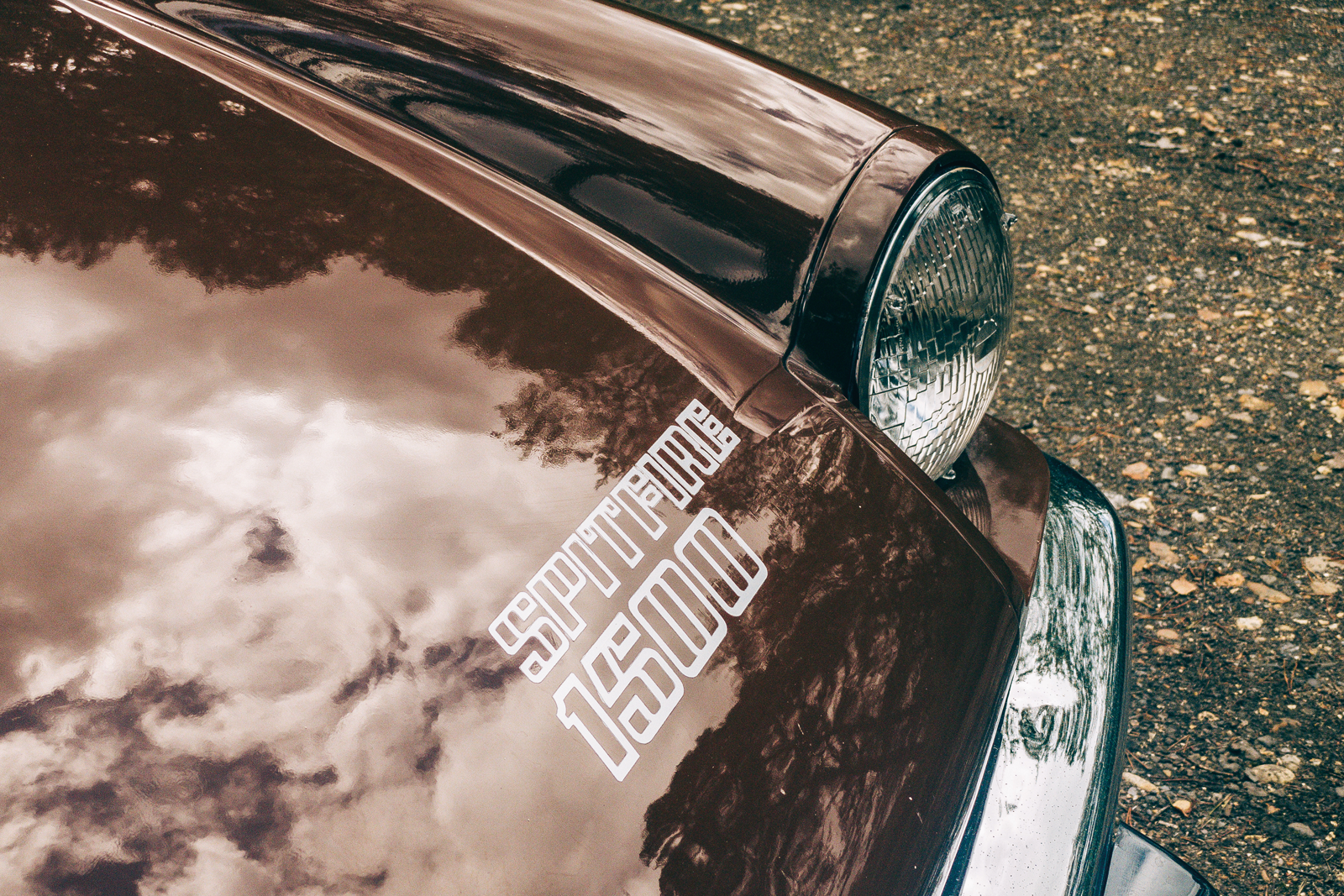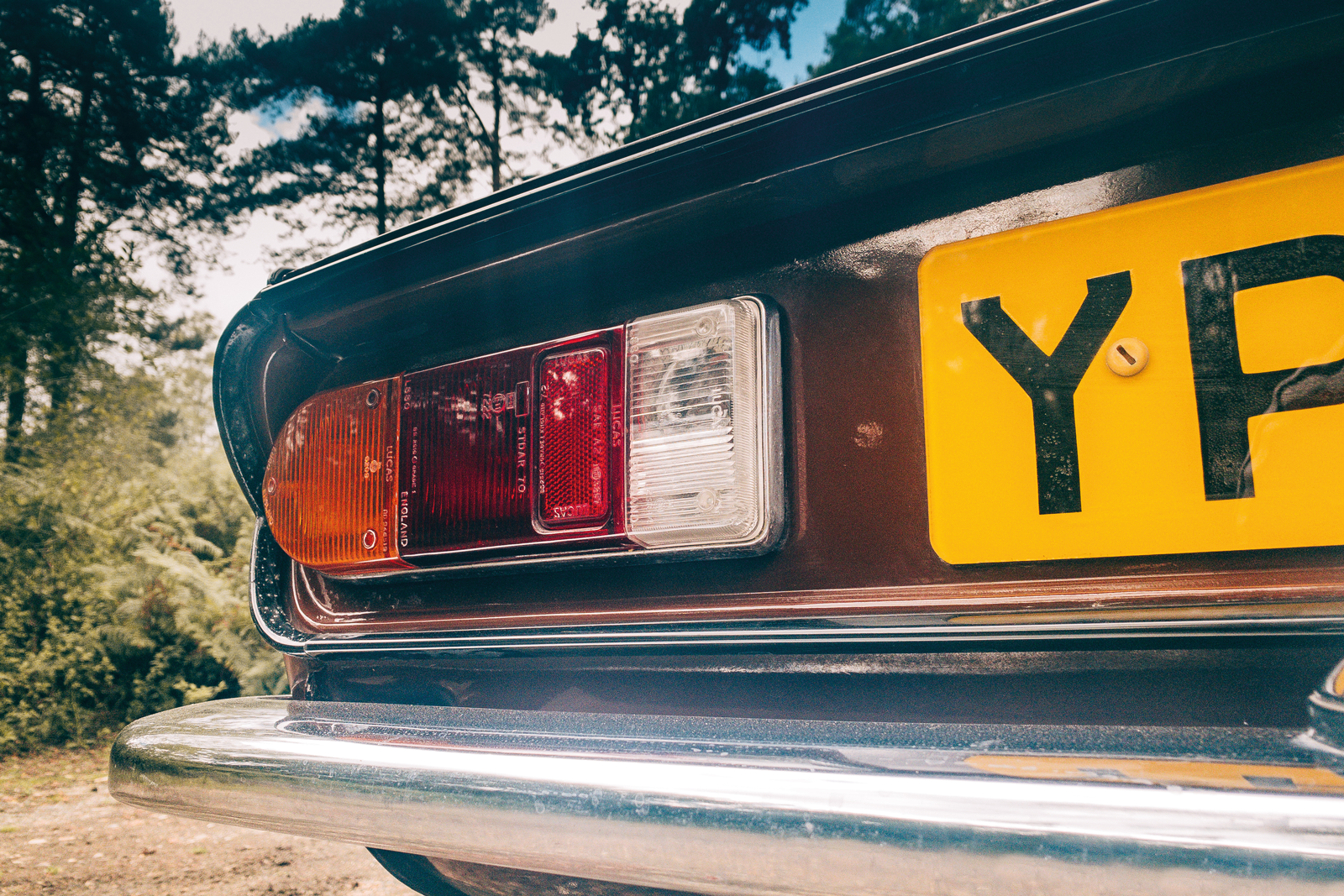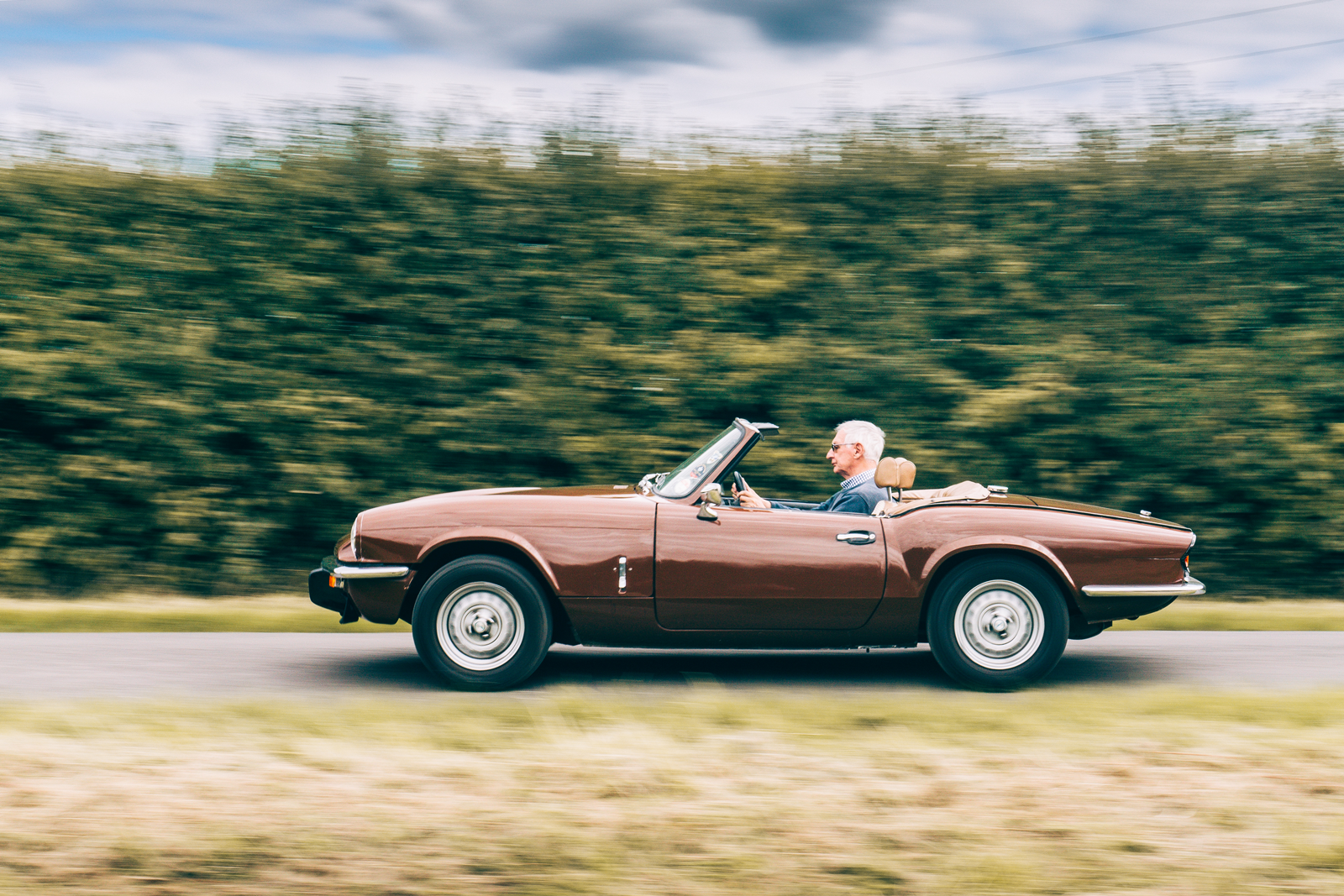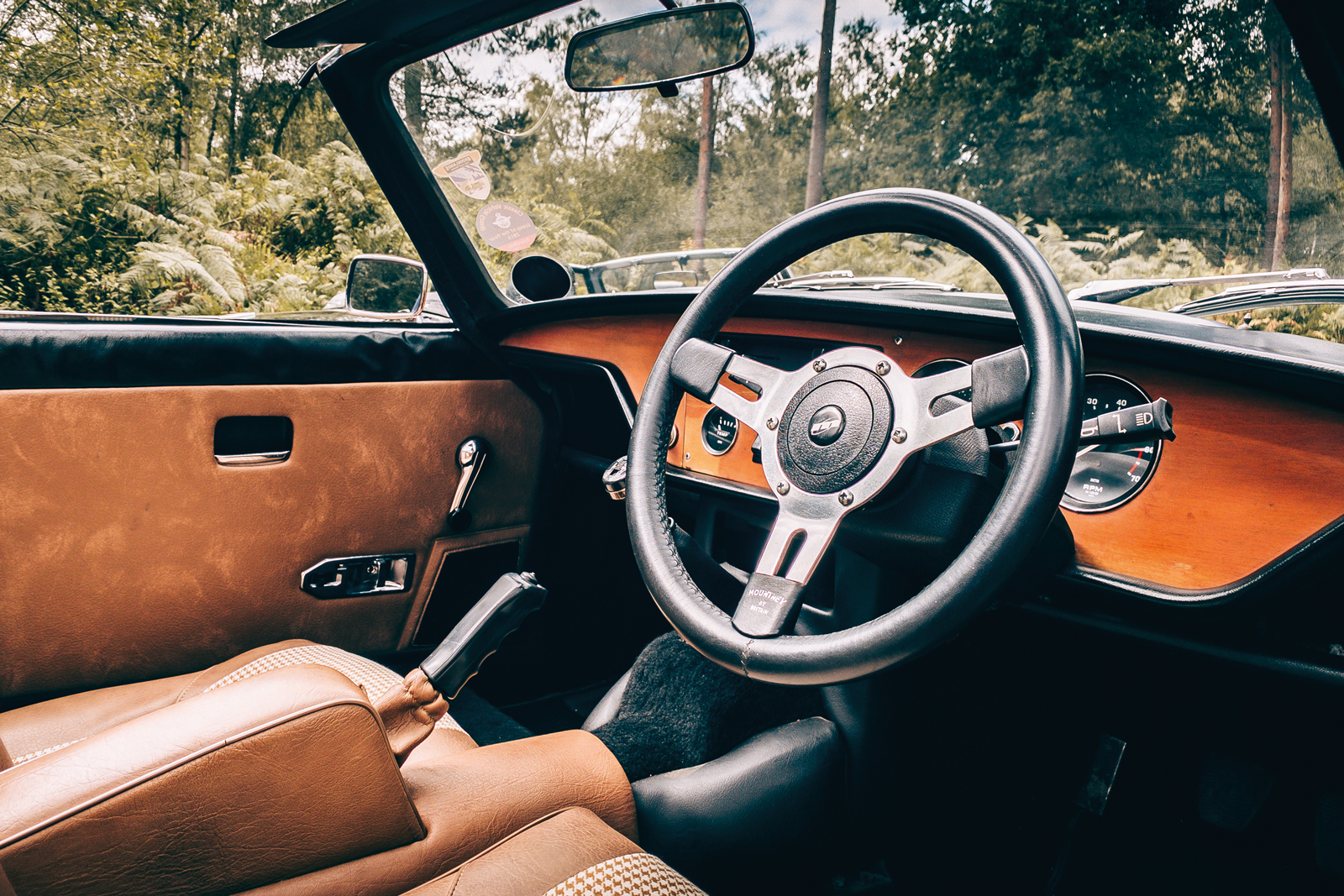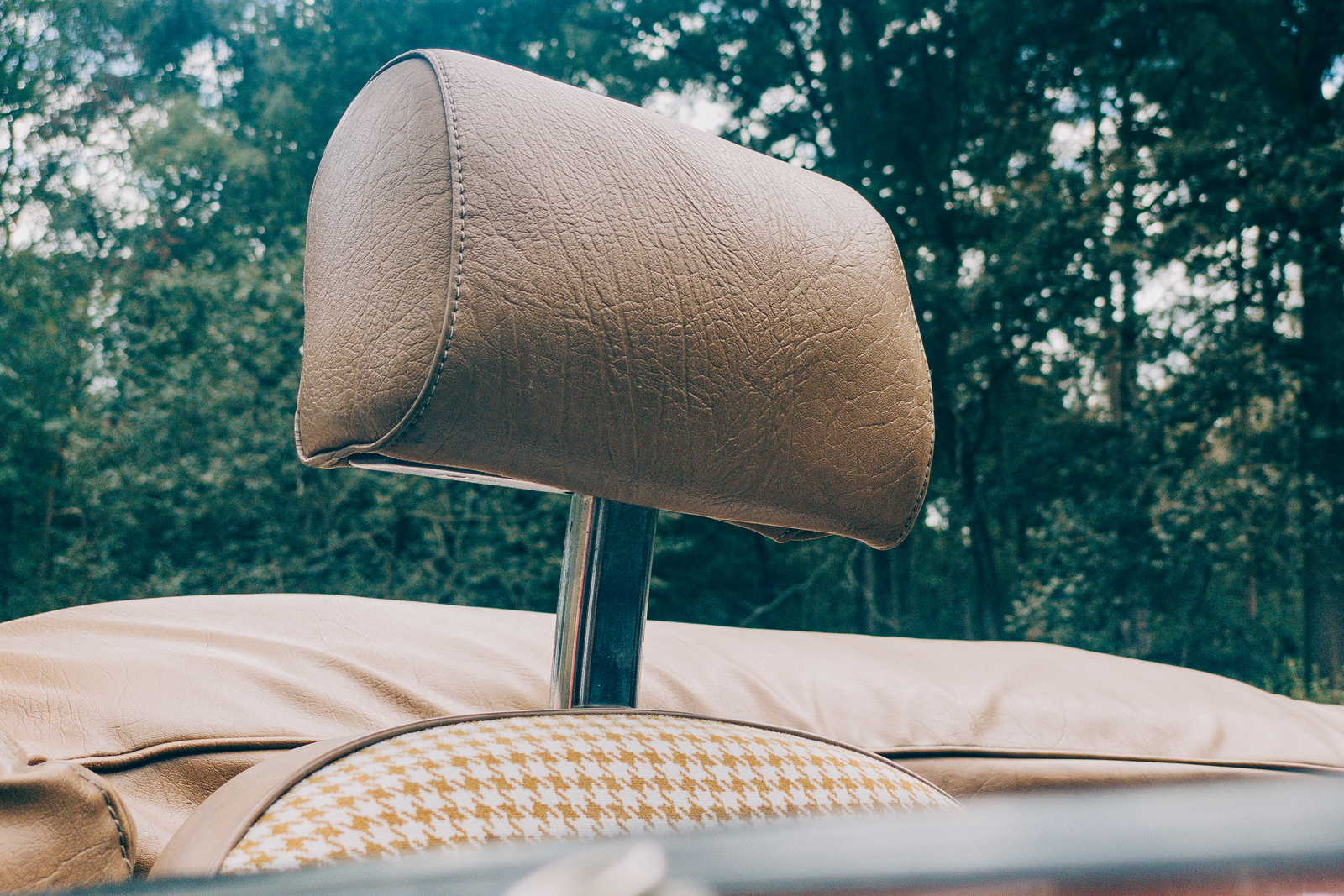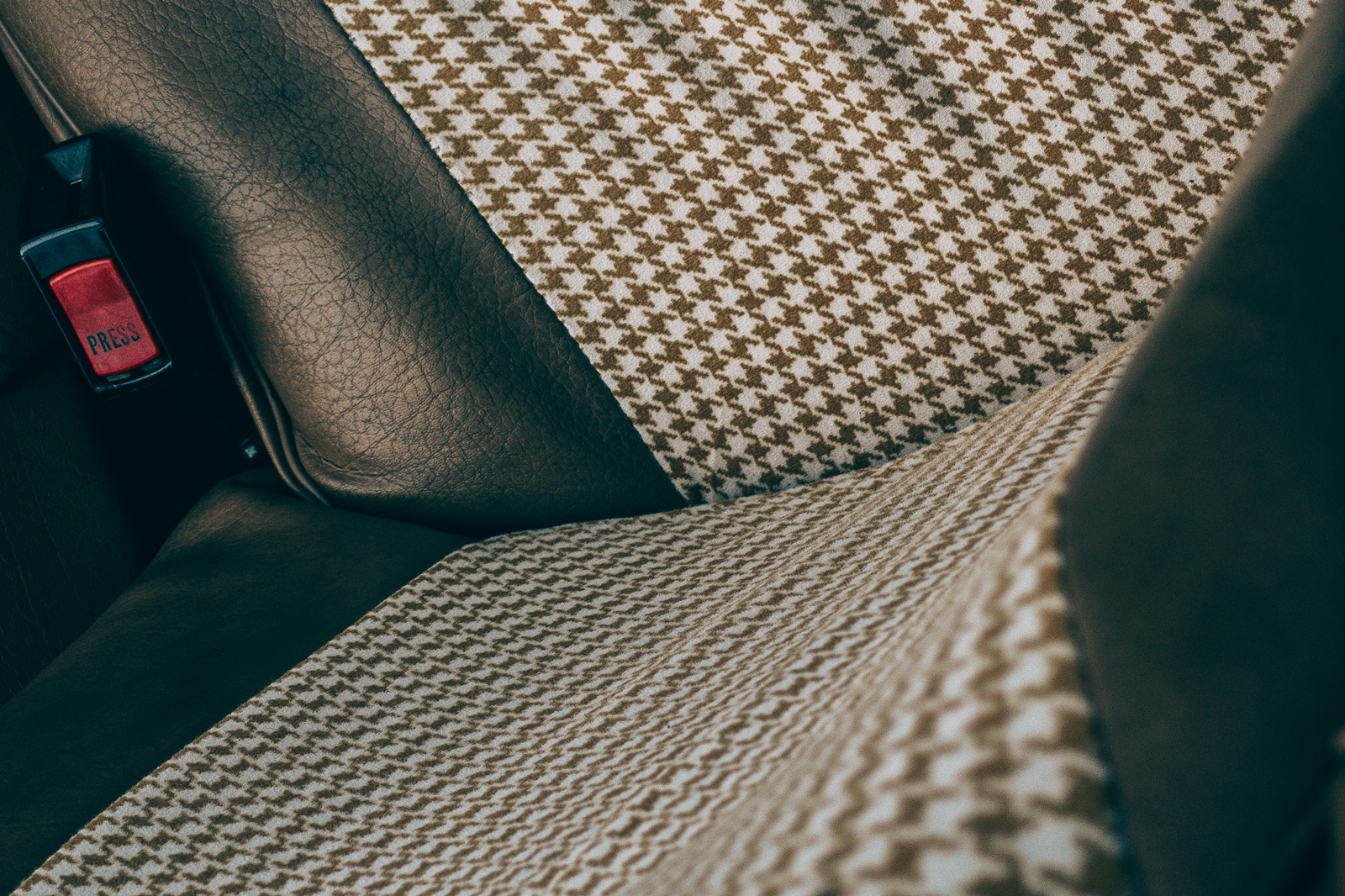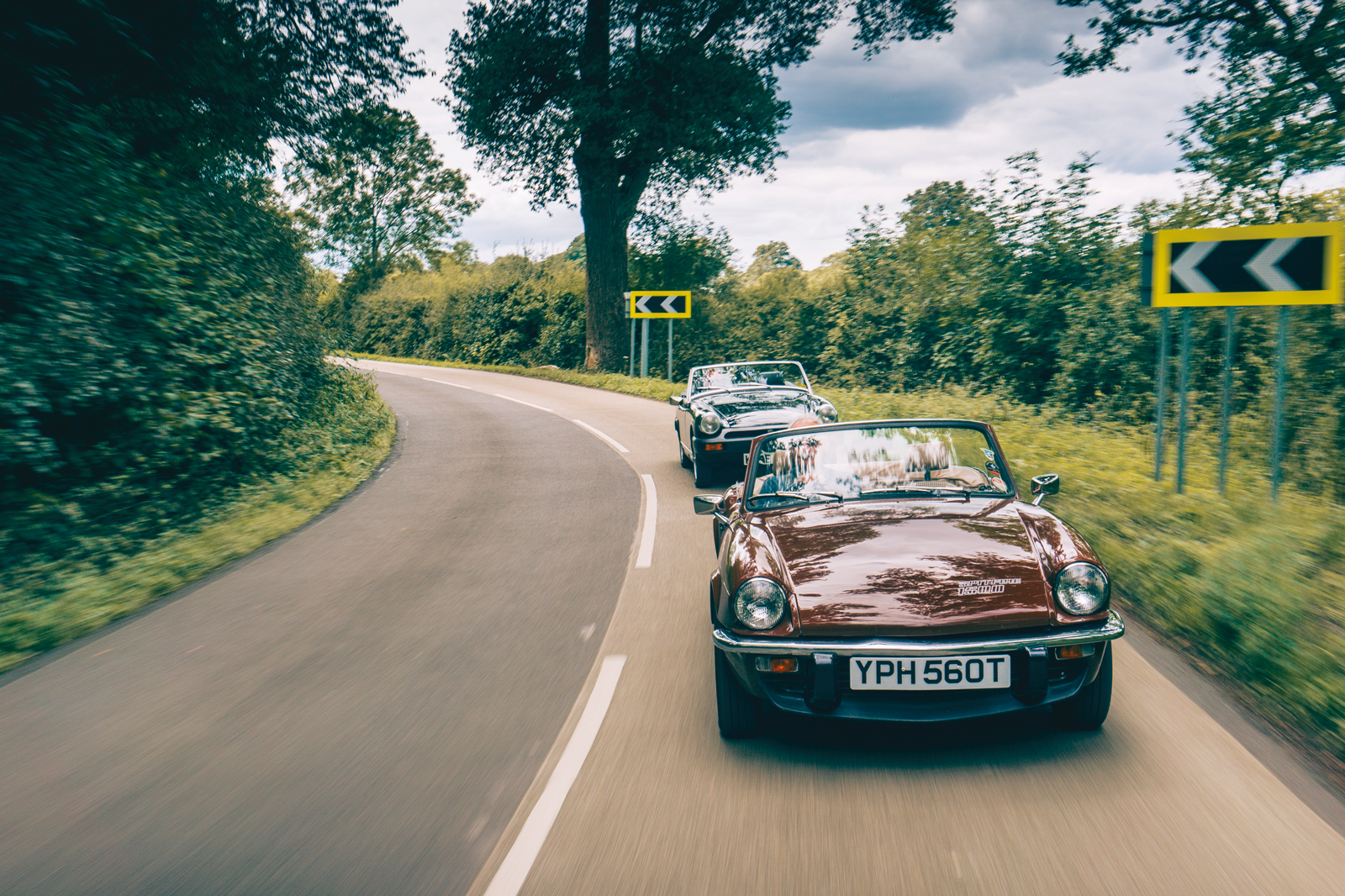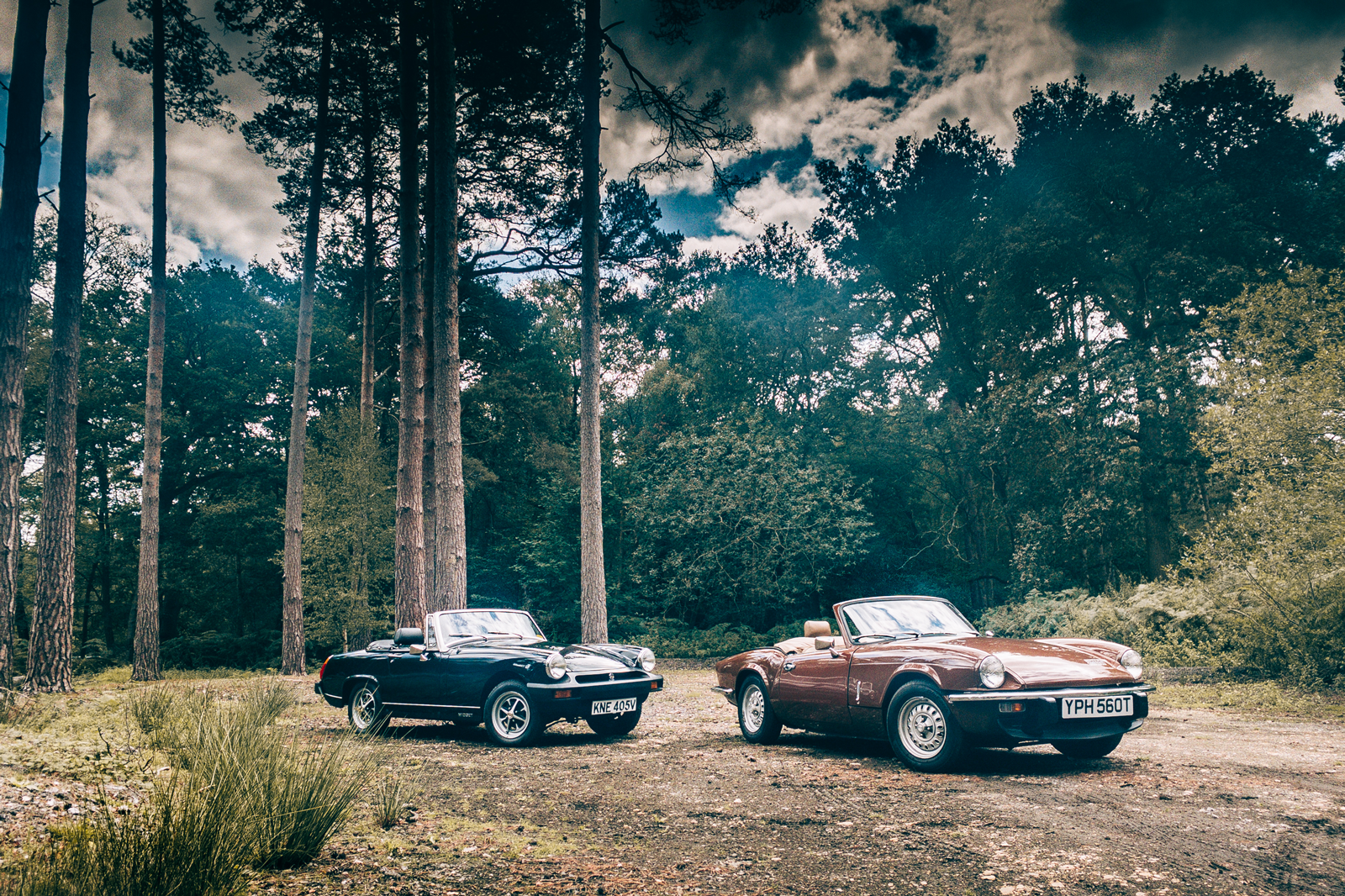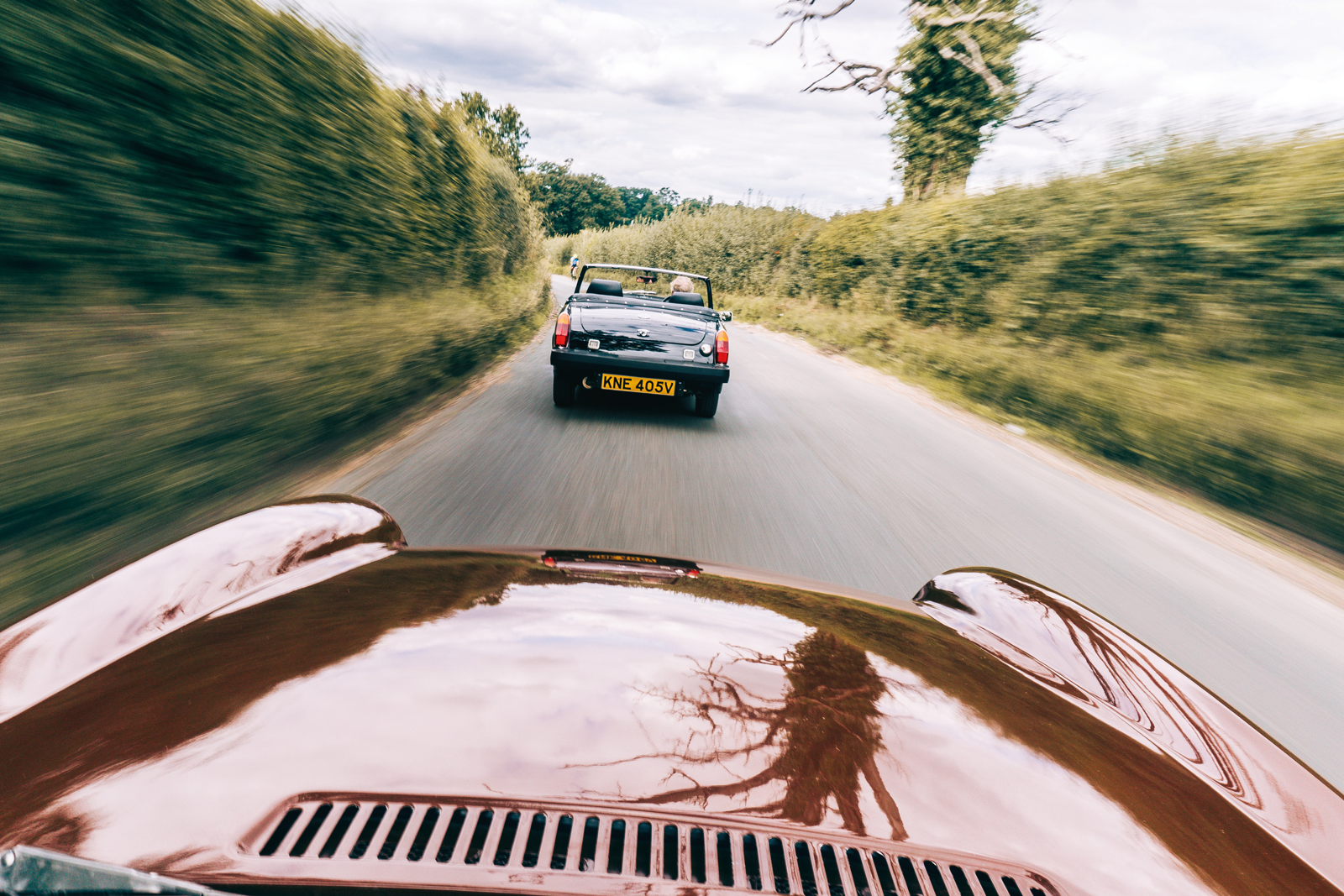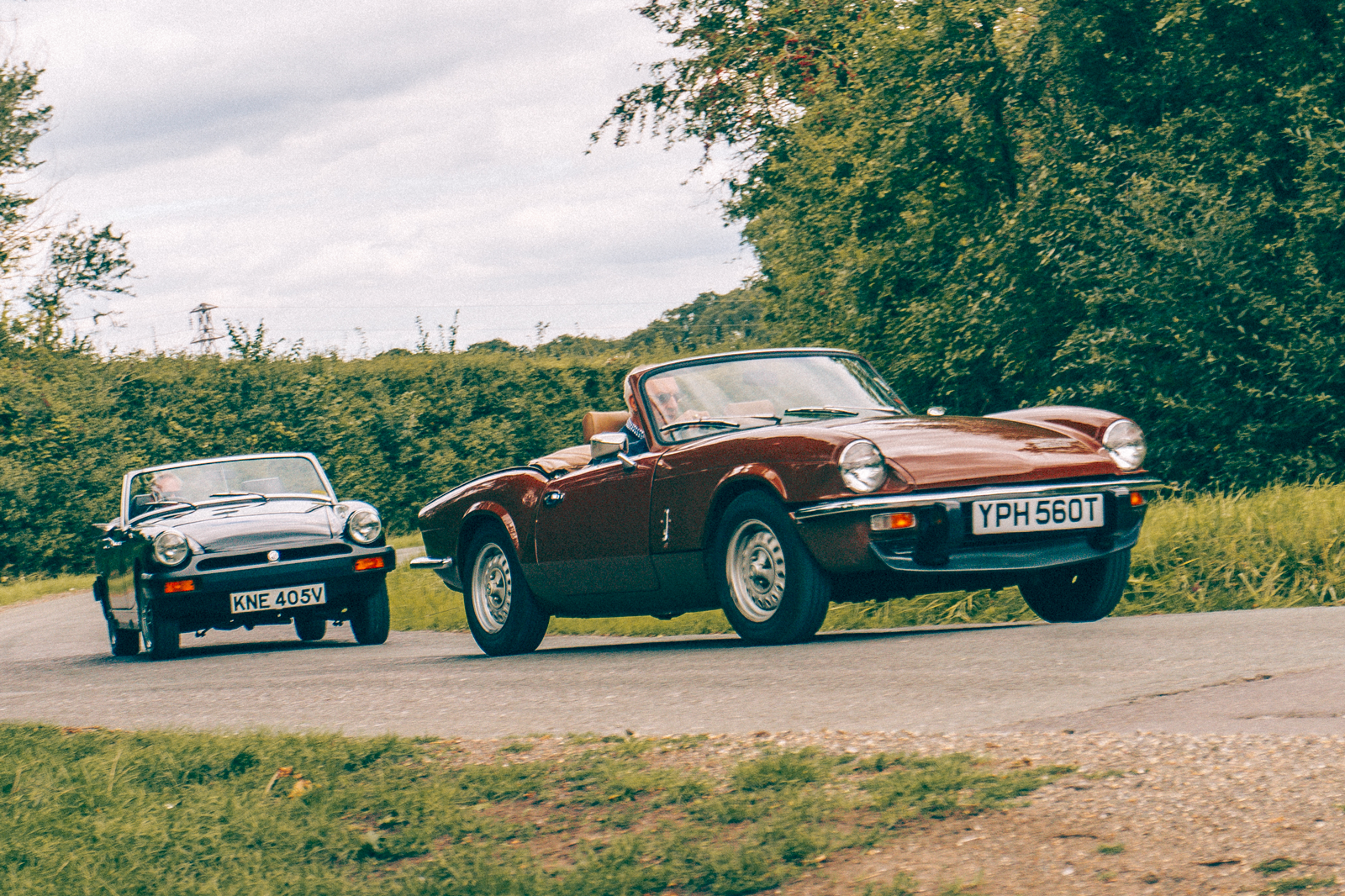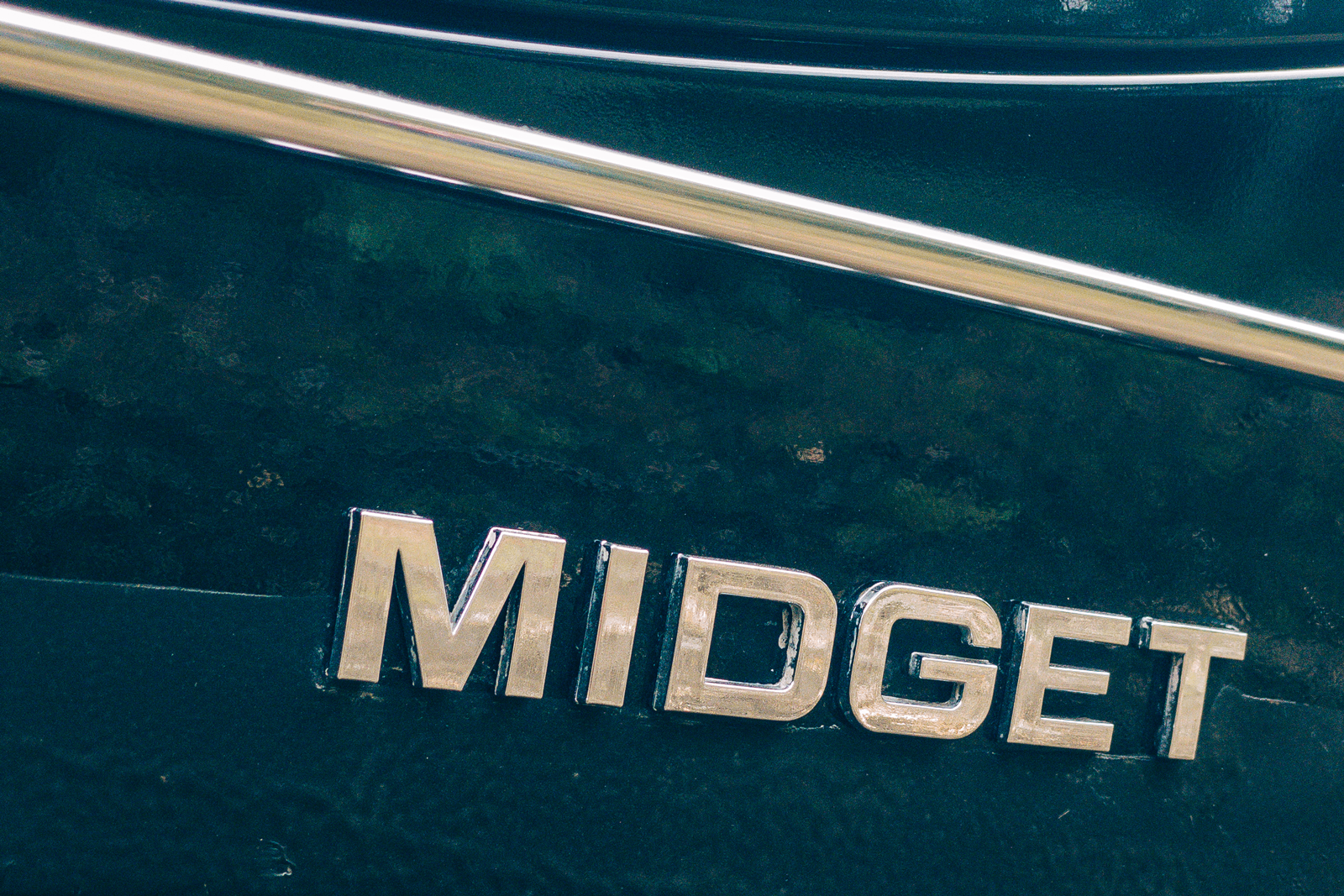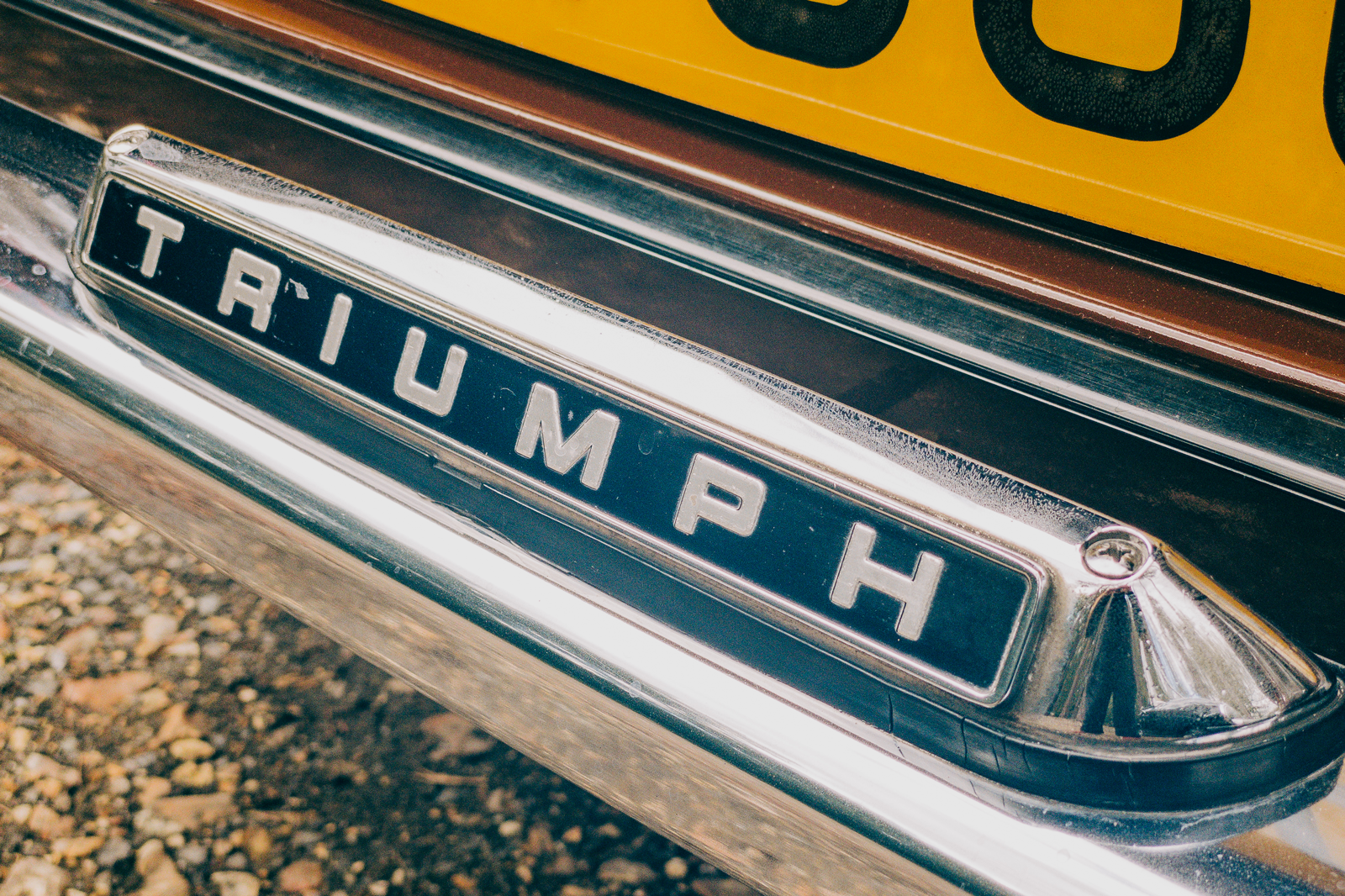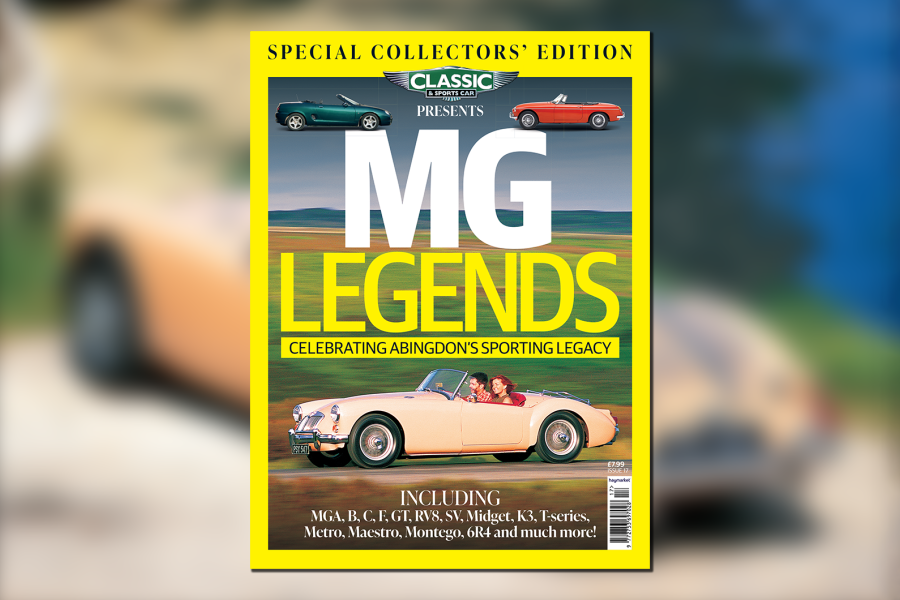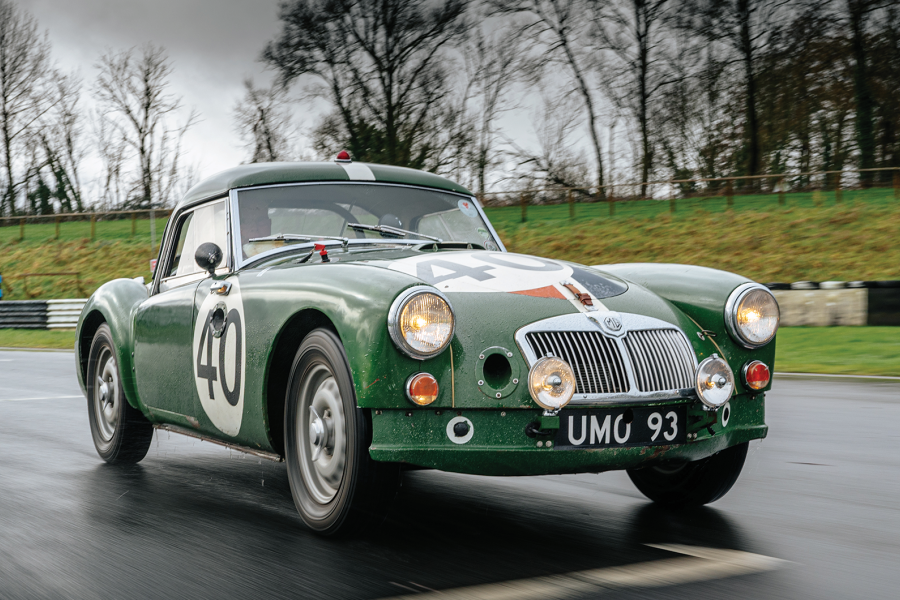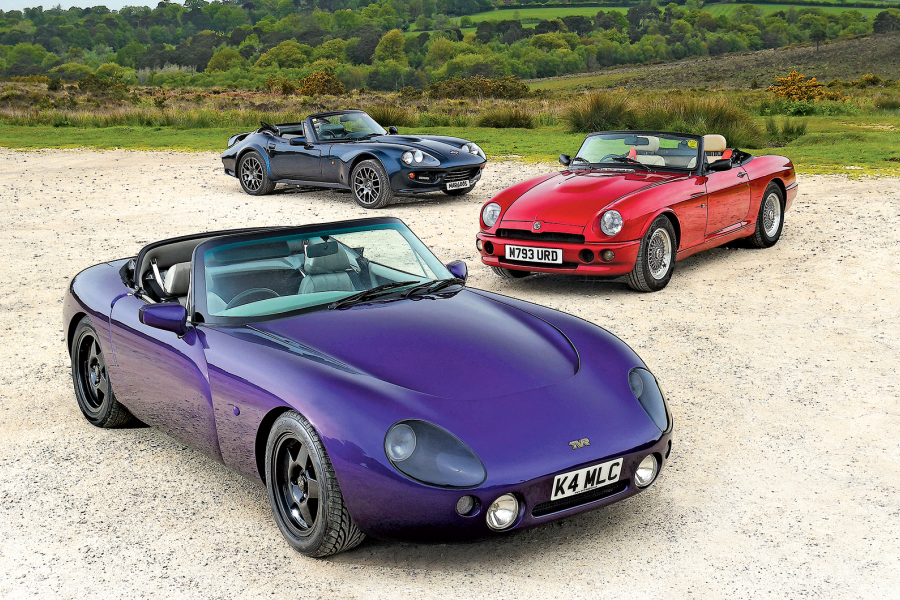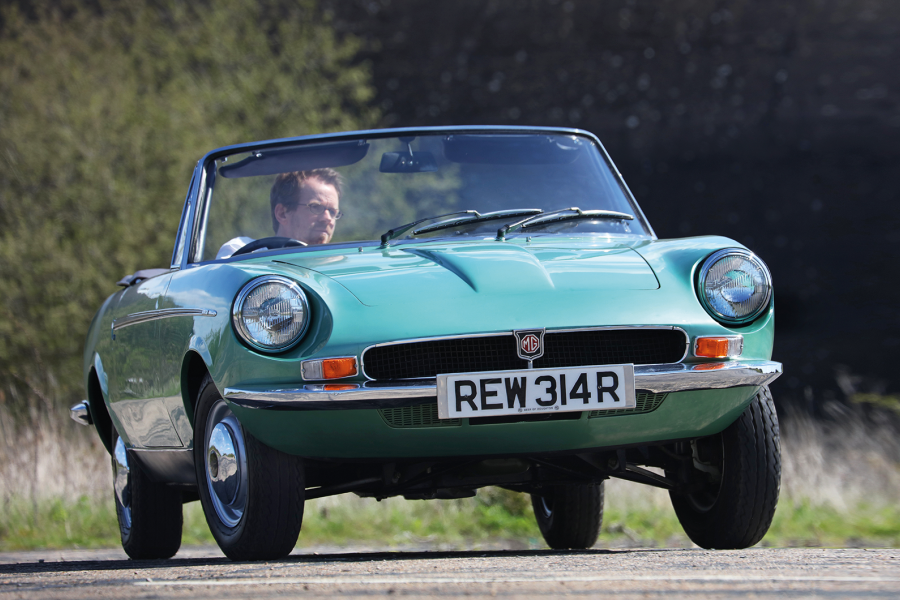Although launched a year after the MG, the Triumph always kept the folk at Abingdon on their toes, kicking off with more capacity (1147cc), more power (63bhp) and better equipment, headlined by independent suspension all round.
Before the Midget could catch up, the 67bhp MkII of 1965 shifted the goalposts, then a facelift two years later brought a larger, 1296cc engine giving 75bhp.
A more fundamental makeover followed in 1970, introducing the cleaner, more squared-off family look that the 1500 would share.
Under the skin, the earlier cars’ occasionally wayward nature – with the dreaded ‘tuck-under’ always a risk from its Herald-derived swing-axles – was tamed by a new ‘swing-spring’ rear suspension design, made even more secure with the wider rear track of the twin-carb 1500 in 1974 (sold from ’73 in the USA, with a single carb).
The Triumph has the benefit of overdrive
As a result it corners just as quickly but more neutrally than the MG, though combine that with a relatively low-geared 3.75 turns of the wheel from lock to lock and it’s a car that requires much more input, demanding that you consciously steer through a bend rather than thinking it round.
On the flipside, it also feels more stable – a sudden sneeze in the Triumph won’t send you straight into the undergrowth.
The thing that changes its character the most, however, that makes it feel like a ‘proper’ car in miniature rather than the MG’s glorified rollerskate, is the overdrive fitted to the notchy but positive all-synchromesh ’box.
Operating on third and top, it drops engine busyness to a bearable level at cruising speeds, with 60mph a relatively muted 2750rpm.
The aftermarket Mountney wheel suits the Triumph Spitfire’s cabin
It feels the slower car – though there is barely anything in it – but a far more relaxed cruiser.
Only the ride spoils that impression: it’s not uncomfortable, but you’ve barely moved a matter of yards before it becomes clear that this is a separate-chassis design.
It feels much looser than the drum-tight MG, with various rattles and shudders that bring to mind the early sidescreen TRs.
That’s more than made up for by the cockpit, however, with its oh-so-’70s vinyl and brushed nylon trim complemented by sunvisors, proper column stalks and a slab of timber for the dashboard – genuine luxury after the MG, with the ashtray that tops the dash giving an almost caddish air.
“Long after the UK’s desperate post-war drive to ‘Export or Die’, the US remained a key market for these two marques”
Though narrow, it’s longer and where you sit buried deep in the Midget, in the Spitfire you sit proudly high, elbow naturally coming to rest on the door top with a wonderful view down that long, E-type-like bonnet across the twin humps of the front wings.
There’s even a longer, wider 7cu ft boot for touring, too, something that owner Cutting has grown to appreciate: “In 1965 I’d probably have had the Midget, but by 1975 I’d moved on to the Spitfire.”
The Triumph takes longer to fall in love with, but on the other hand you sense it’s a car with which it’s easier to form a long-term relationship.
The Midget’s instant appeal, like a passionate affair, is just the thing for a fling.
Would you pick the keys to the Triumph or the MG?
In either case first might well be best, but that doesn’t mean last should be written off.
Development of both the Midget and Spitfire brought improvement as well as compromise, and as daily drivers these last-of-the-line cars comfortably outshine their earlier siblings.
As to which was the greater success in period, it’s a story of swings – or should that be swing springs? – and roundabouts.
There were more than 354,164 Spridgets built across 18 years, compared to 314,342 Spits in the same space of time; but whereas nearly a third of the latter (95,829) were 1500s, MG managed to shift just 73,899 of its Triumph-engined Midgets.
The Midget won’t pull away from the Spitfire, but it’s huge fun
I know the Spitfire is the better car in many ways, and the logical choice.
The problem is, I wanted an MG when I turned 17, and while the Triumph is clearly the more grown-up option there must be a part of me that still hasn’t matured enough.
If my journey were more than merely a fun run then the Spitfire would be the natural choice, but for smearing a grin across your face within minutes of setting off, nothing quite beats a Midget – whatever lies beneath.
Images: Olgun Kordal
Thanks to Will de la Rivière at Beech Hill Garage
Factfiles
MG Midget 1500
- Sold/number built 1974-’79/73,899
- Construction steel unitary
- Engine all-iron, ohv 1493cc ‘four’, twin SU HS4 carburettors
- Max power 66bhp @ 5500rpm
- Max torque 77lb ft @ 3000rpm
- Transmission four-speed manual, RWD
- Suspension: front independent, by double wishbones, coil springs, anti roll bar rear live axle, semi-elliptic leaf springs; lever-arm dampers f/r
- Steering rack and pinion
- Brakes discs front, drums rear
- Length 11ft 9in (3581mm)
- Width 4ft 7in (1394mm)
- Height 4ft ½in (1234mm)
- Wheelbase 6ft 8in (2032mm)
- Weight 1720lb (780kg)
- 0-60mph 12.3 secs
- Top speed 101mph
- Mpg 27.9
- Price new £1559.61 (1975)
- Price now £5-11,000*
Triumph Spitfire 1500
- Sold/number built 1974-’80/95,829
- Construction steel backbone chassis, steel body
- Engine all-iron, ohv 1493cc ‘four’, twin SU HS4 carburettors
- Max power 71bhp @ 5500rpm
- Max torque 82lb ft @ 3000rpm
- Transmission four-speed manual, optional overdrive on third and top, RWD
- Suspension independent, at front by wishbones, coil springs, telescopic dampers, anti-roll bar rear swing-axles, transverse leaf spring, radius rods
- Steering rack and pinion
- Brakes discs front, drums rear
- Length 12ft 5in (3785mm)
- Width 4ft 10½in (1486mm)
- Height 3ft 11½in (1207mm)
- Wheelbase 6ft 11in (2108mm)
- Weight 1710lb (776kg)
- 0-60mph 12.9 secs
- Top speed 101mph
- Mpg 34
- Price new £2383 (1977)
- Price now £5-12,000*
Prices correct at date of original publication
READ MORE
Buyer’s guide: Triumph Spitfire
Baby classic sports cars do battle: Honda S800 vs Fiat Sport Spider vs MG Midget
The enduring charm of the Triumph Spitfire 4
Alastair Clements
Alastair is Editor in Chief of Classic & Sports Car and has been associated with the brand for more than 20 years
